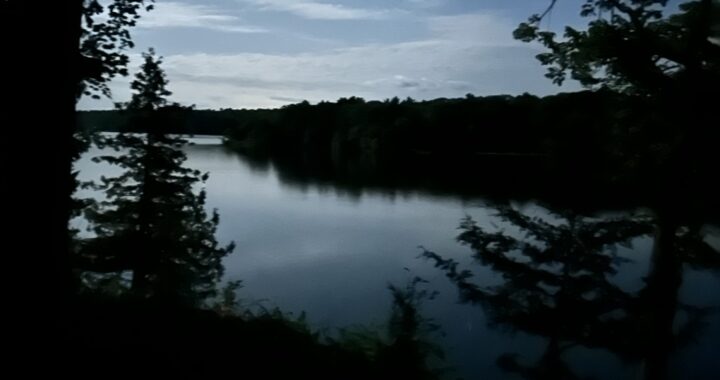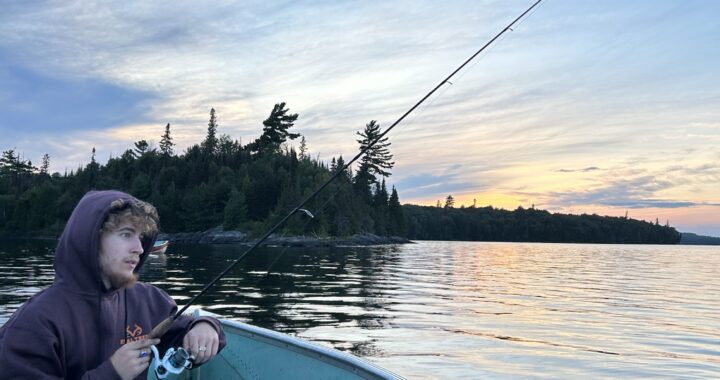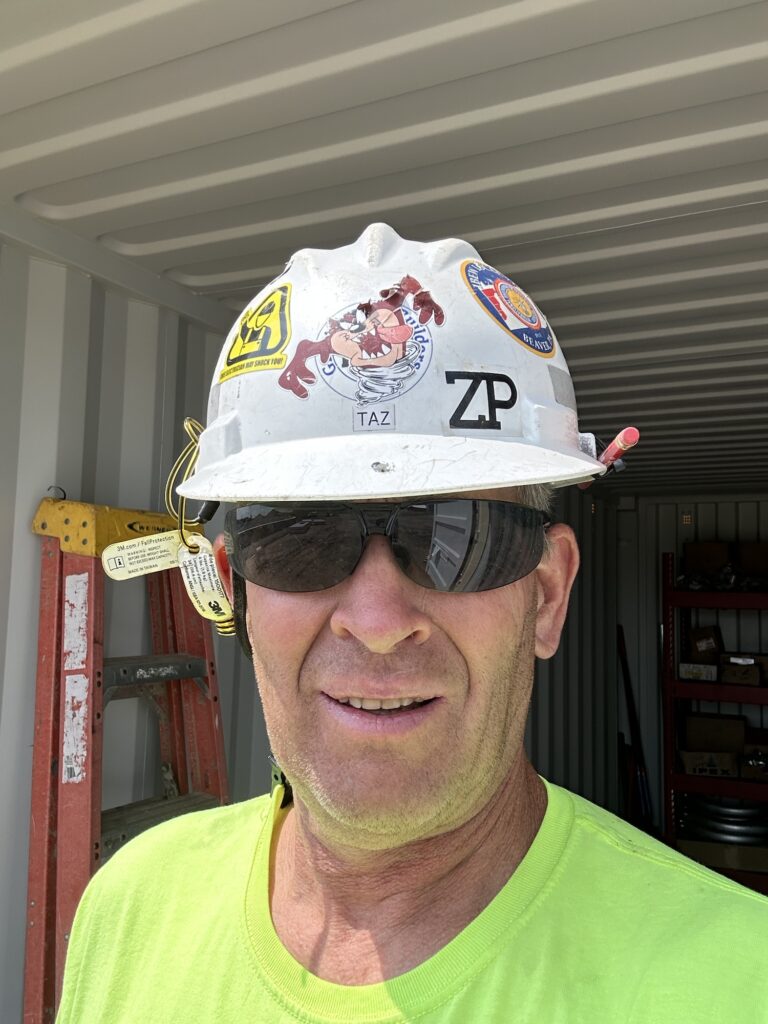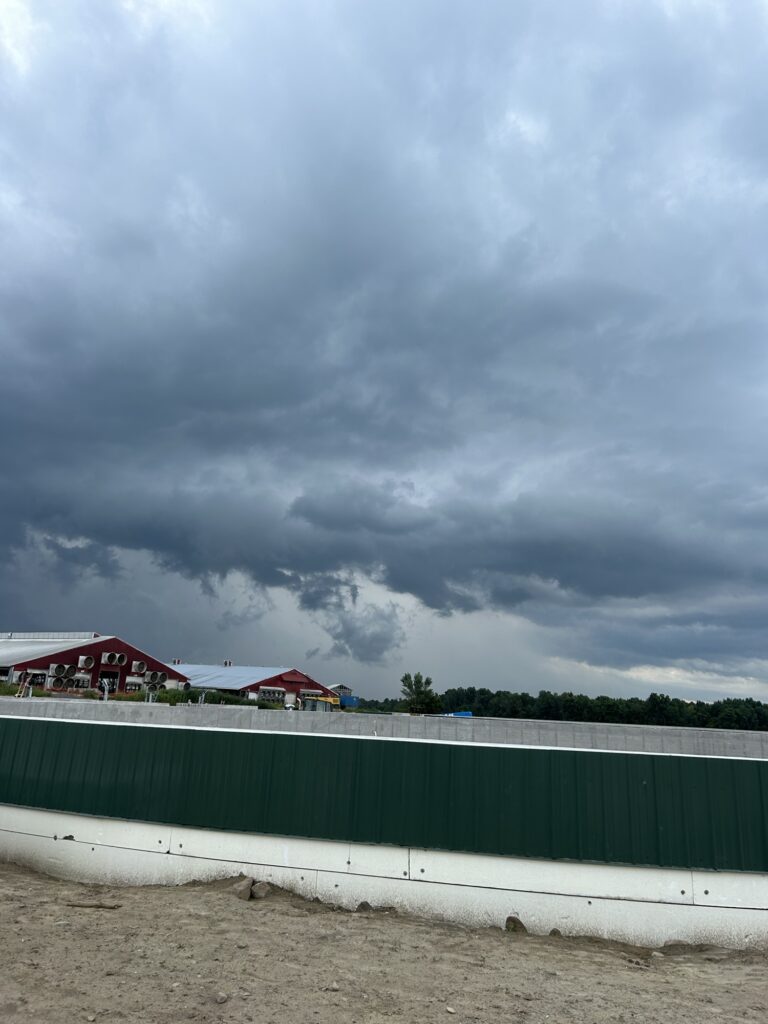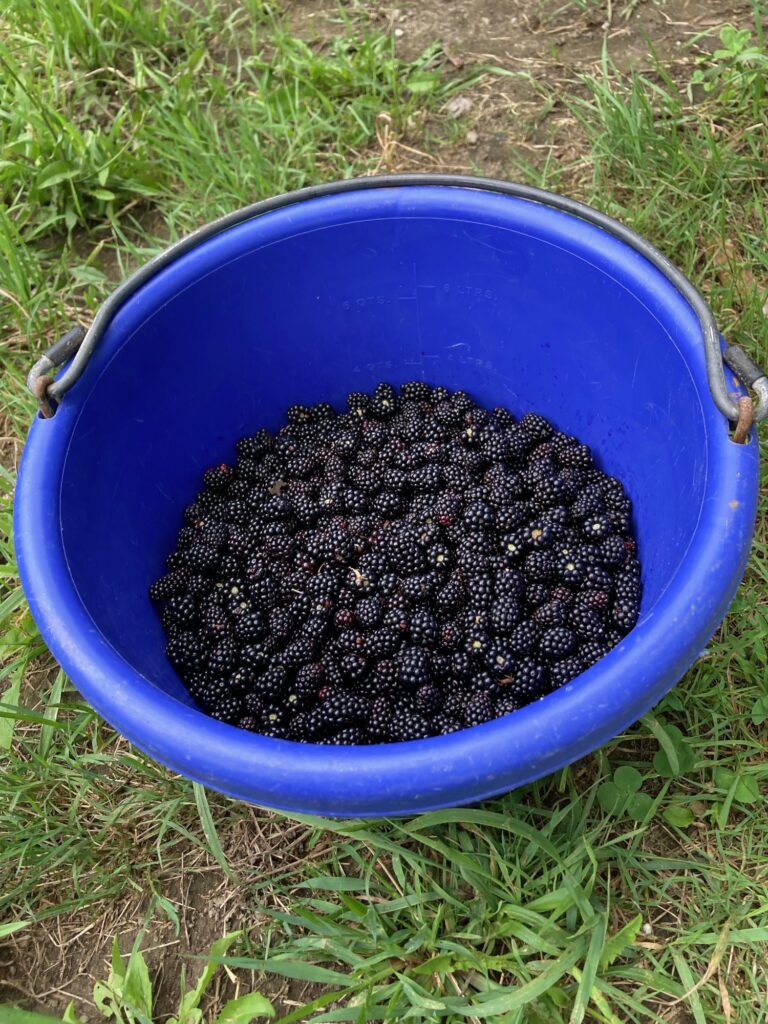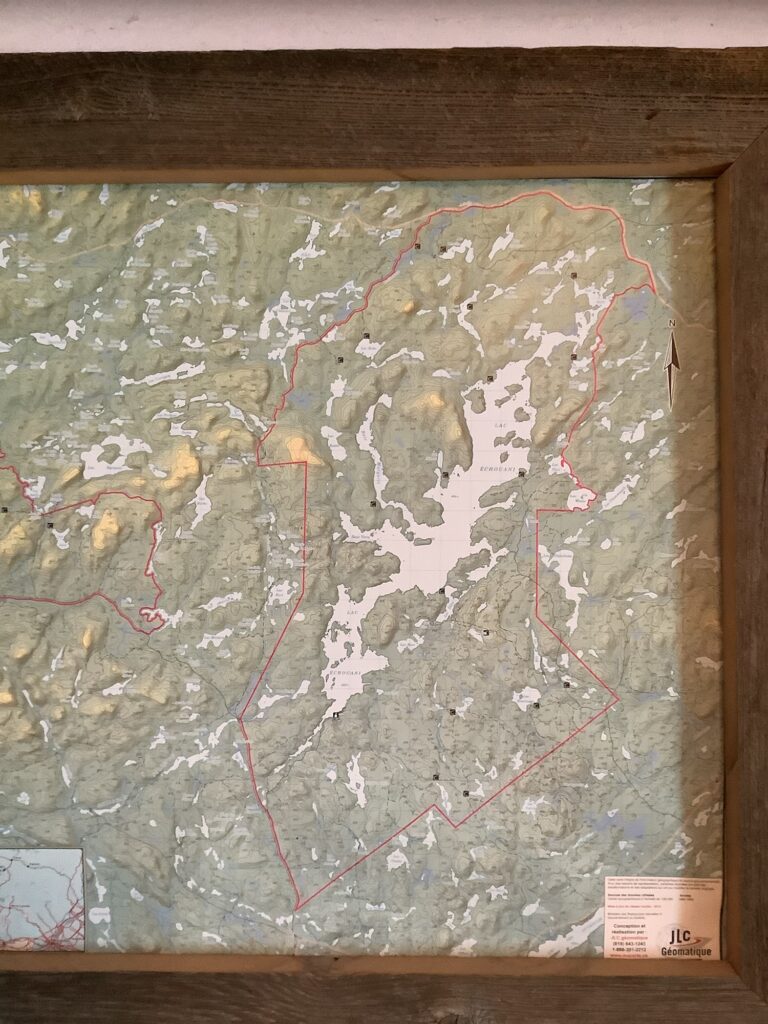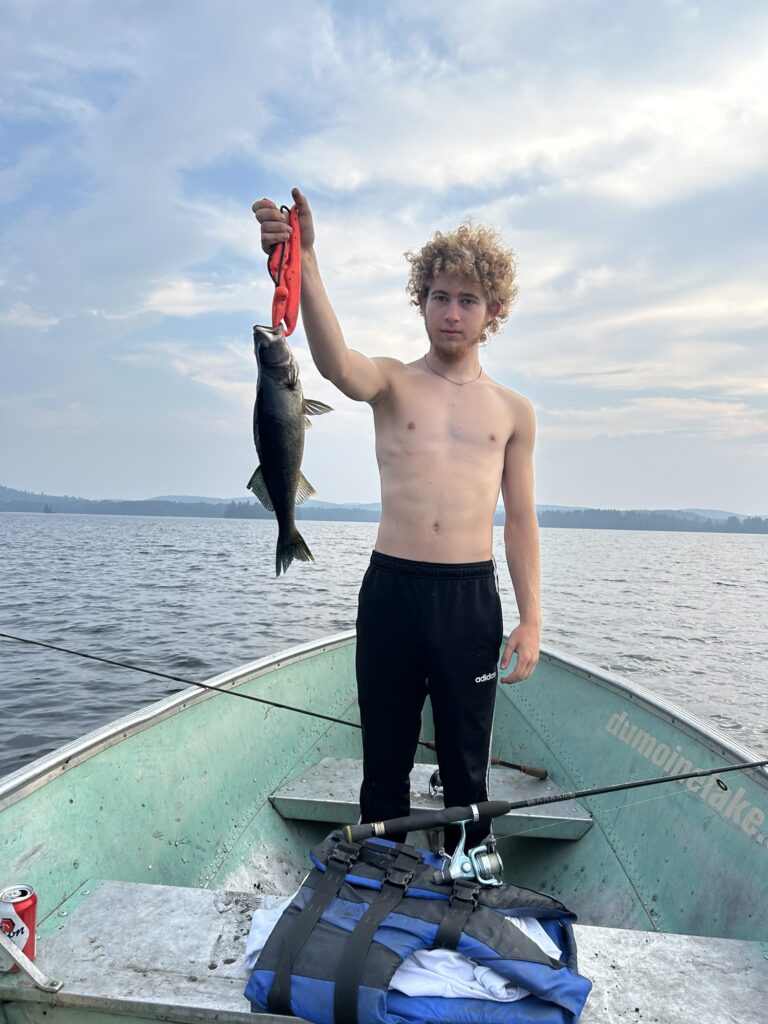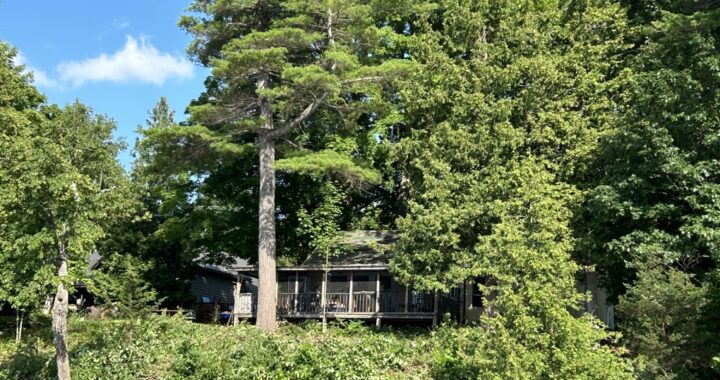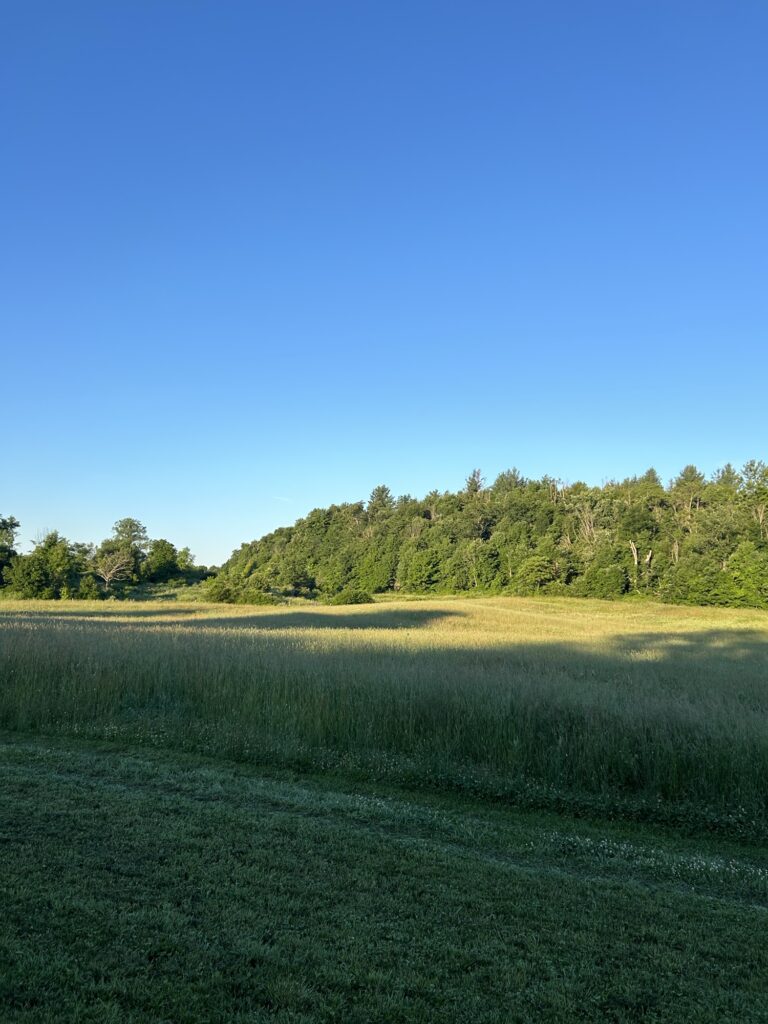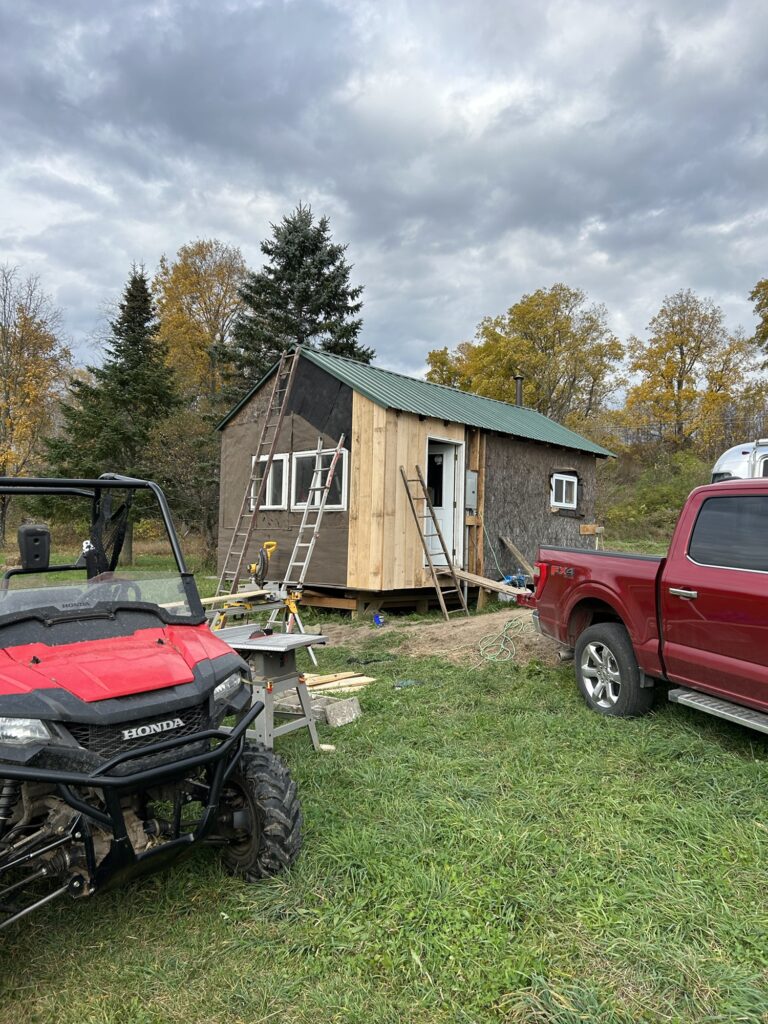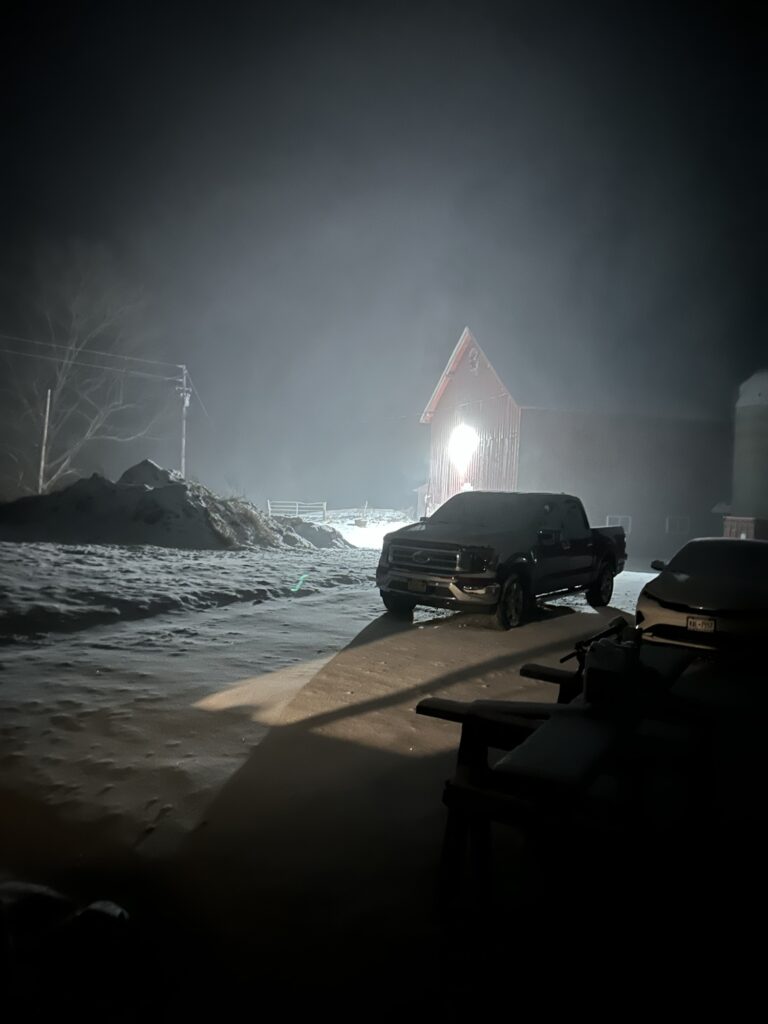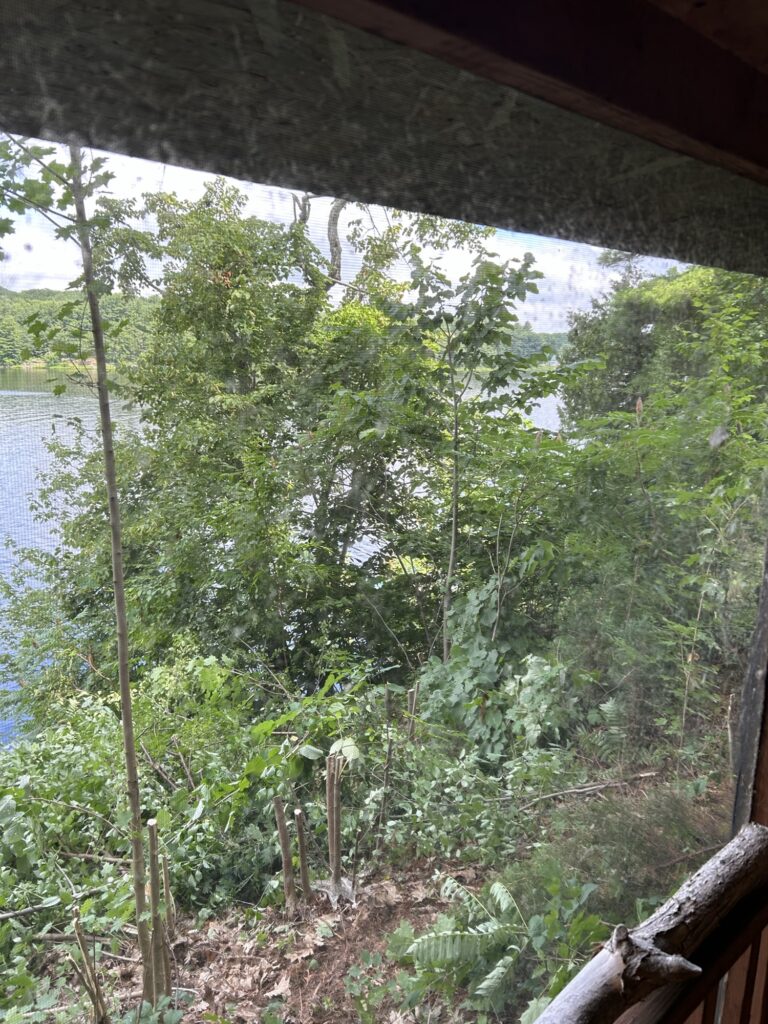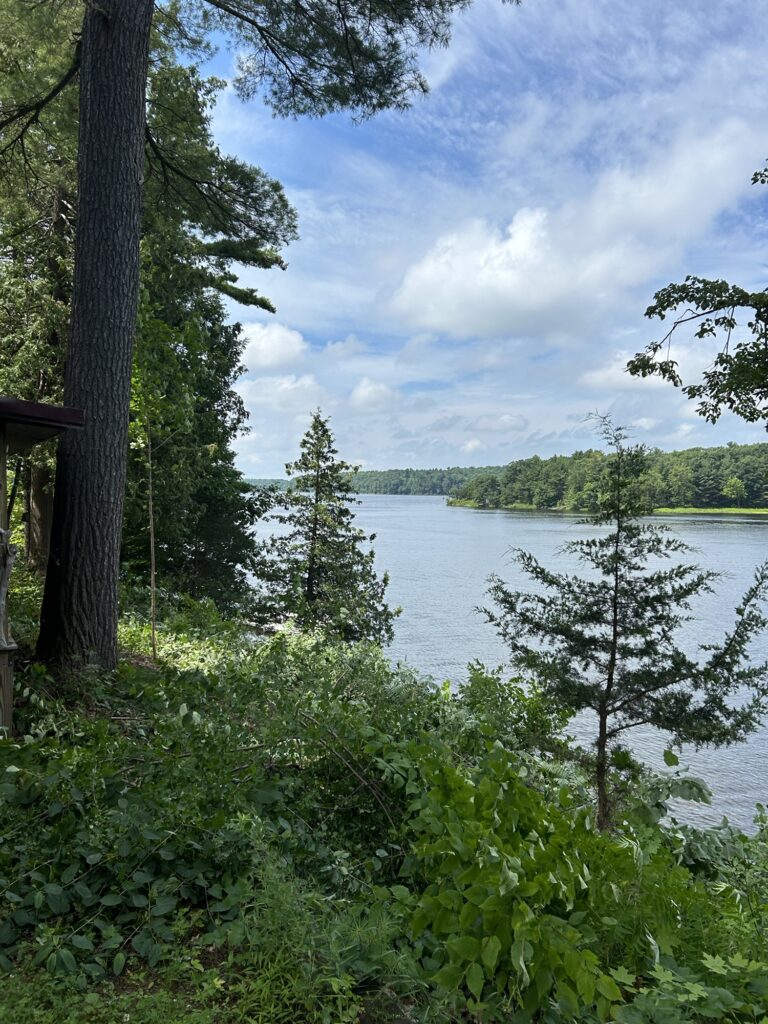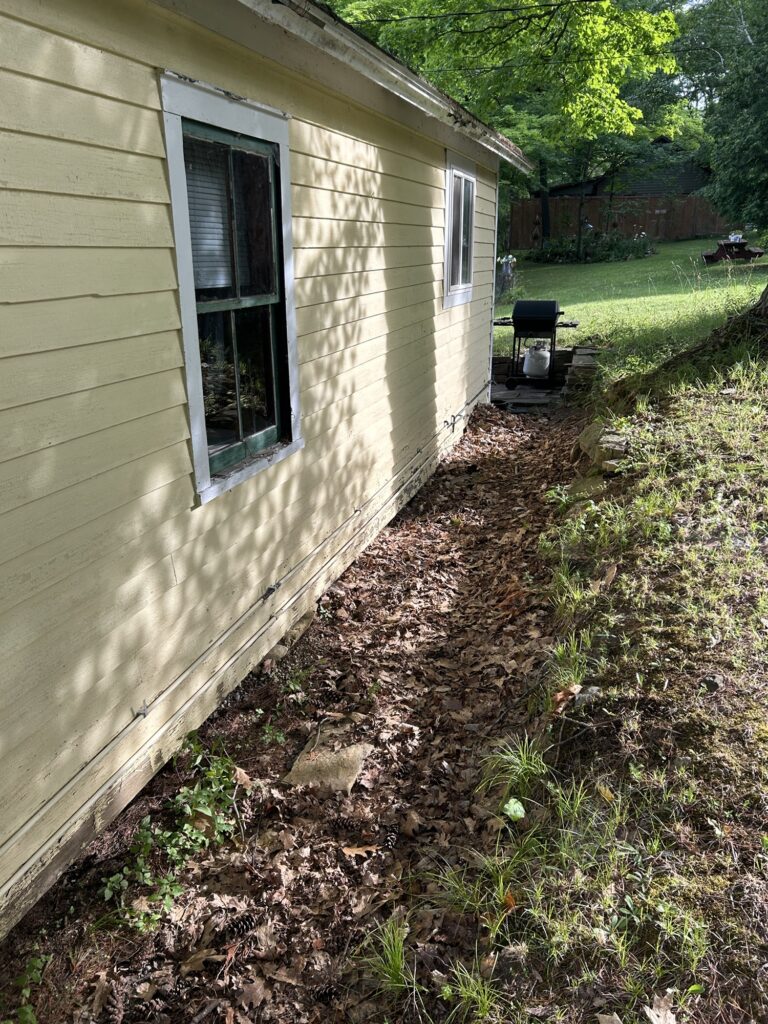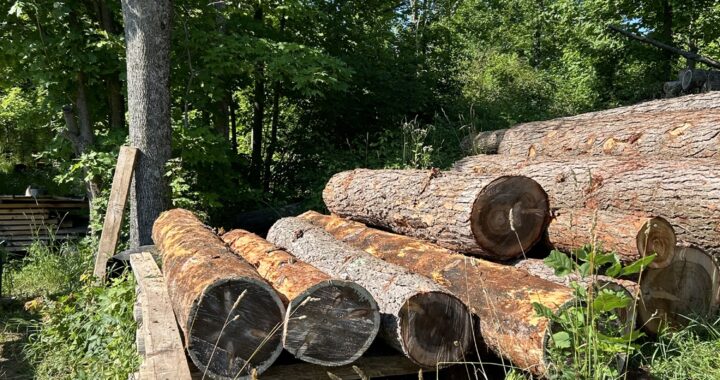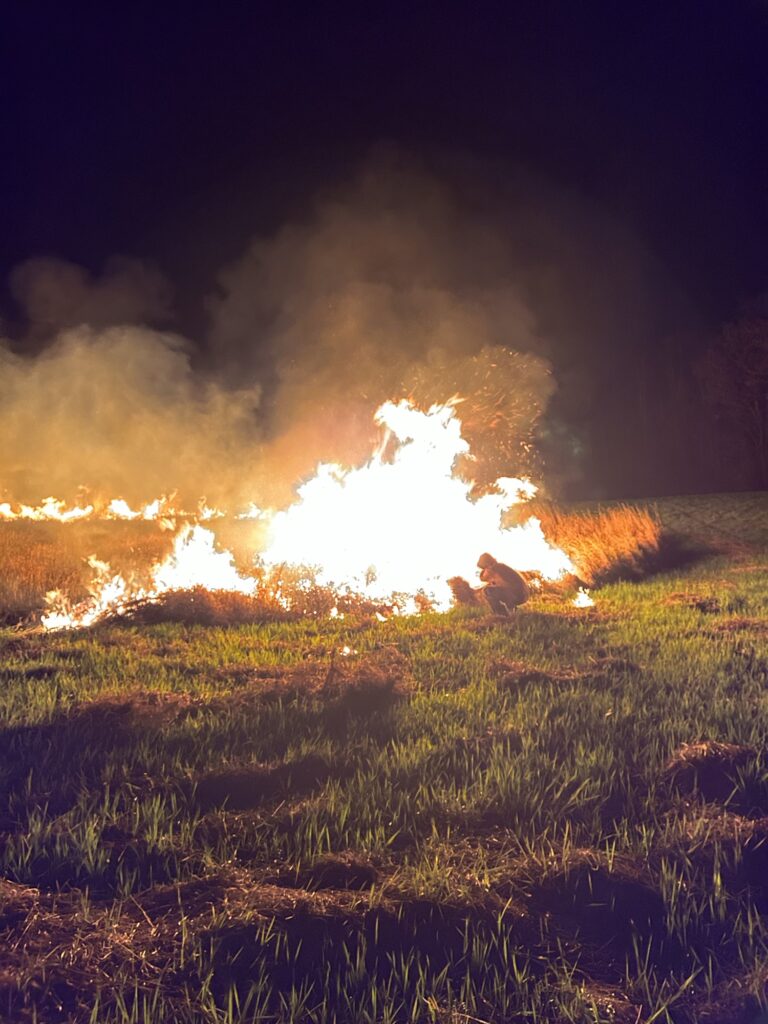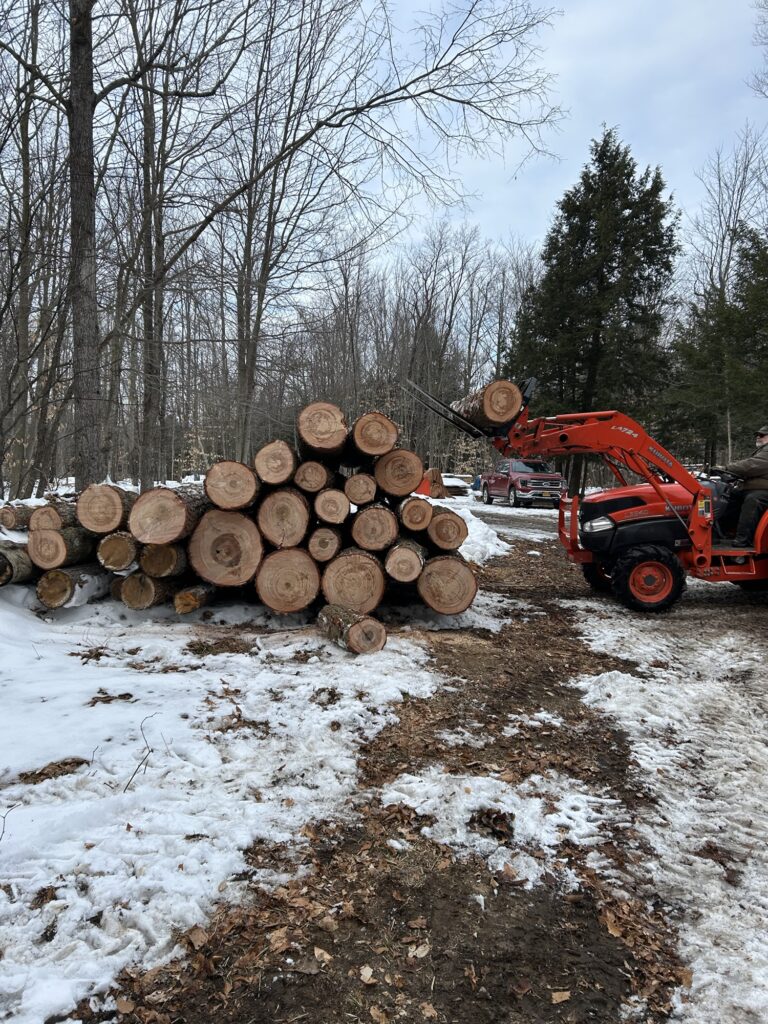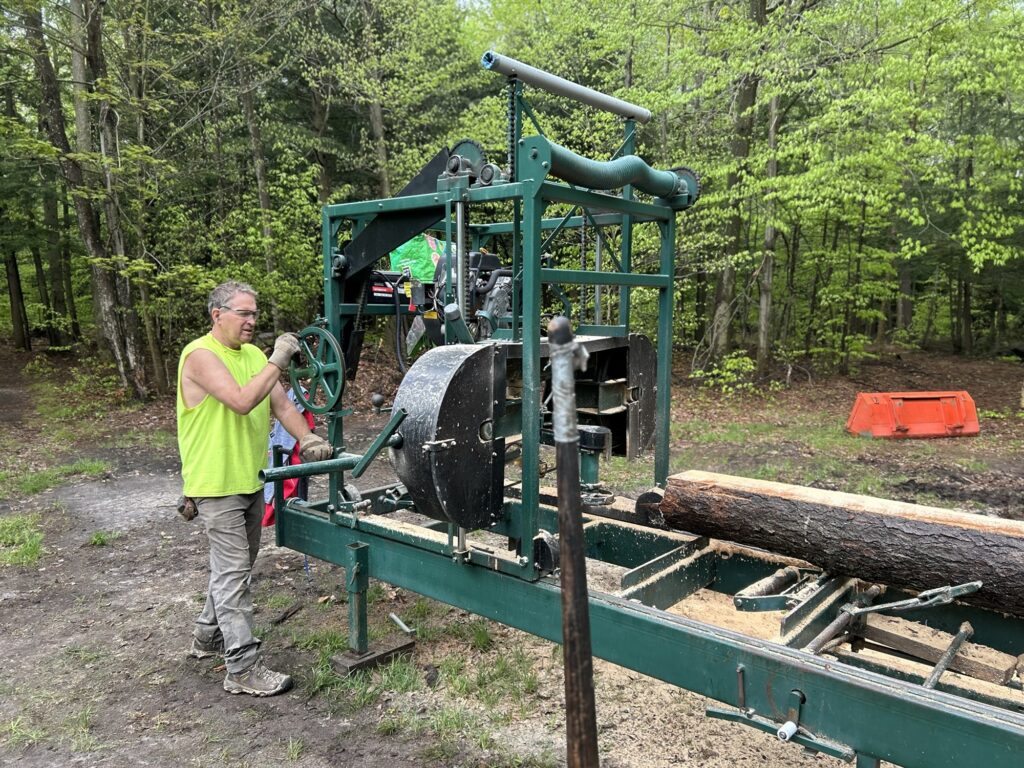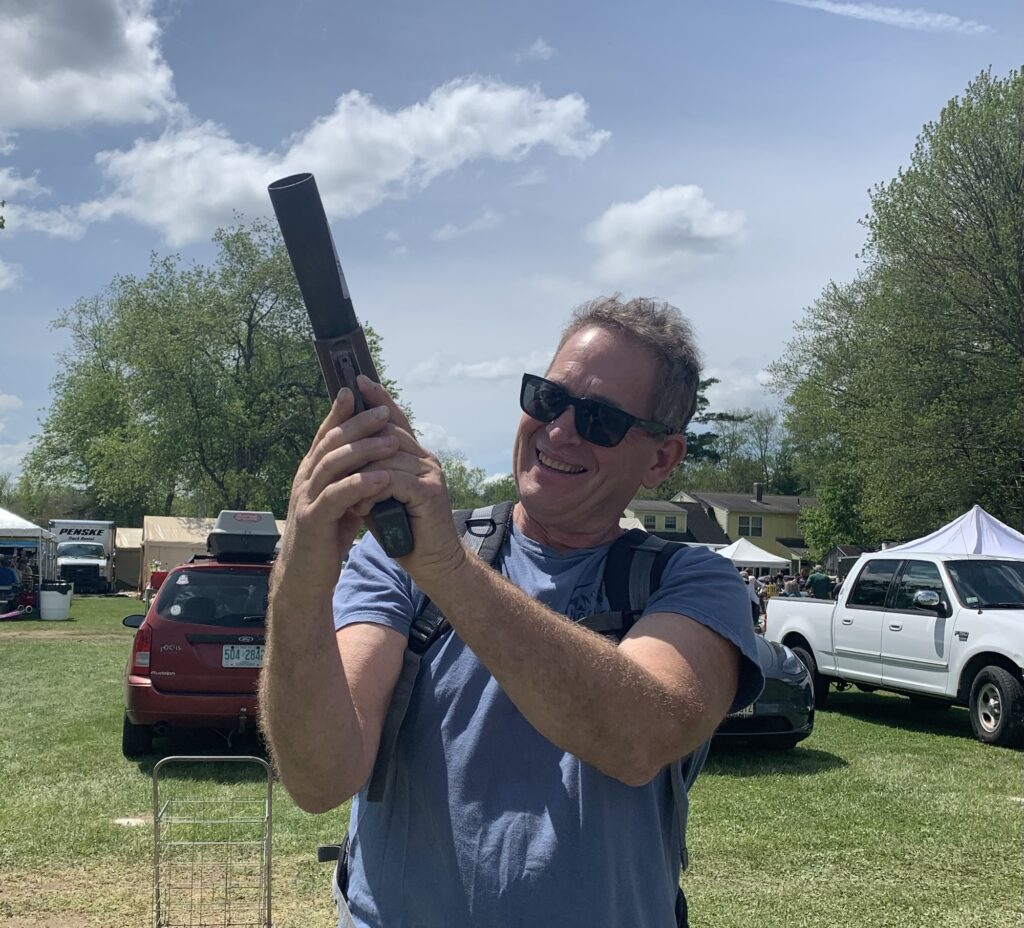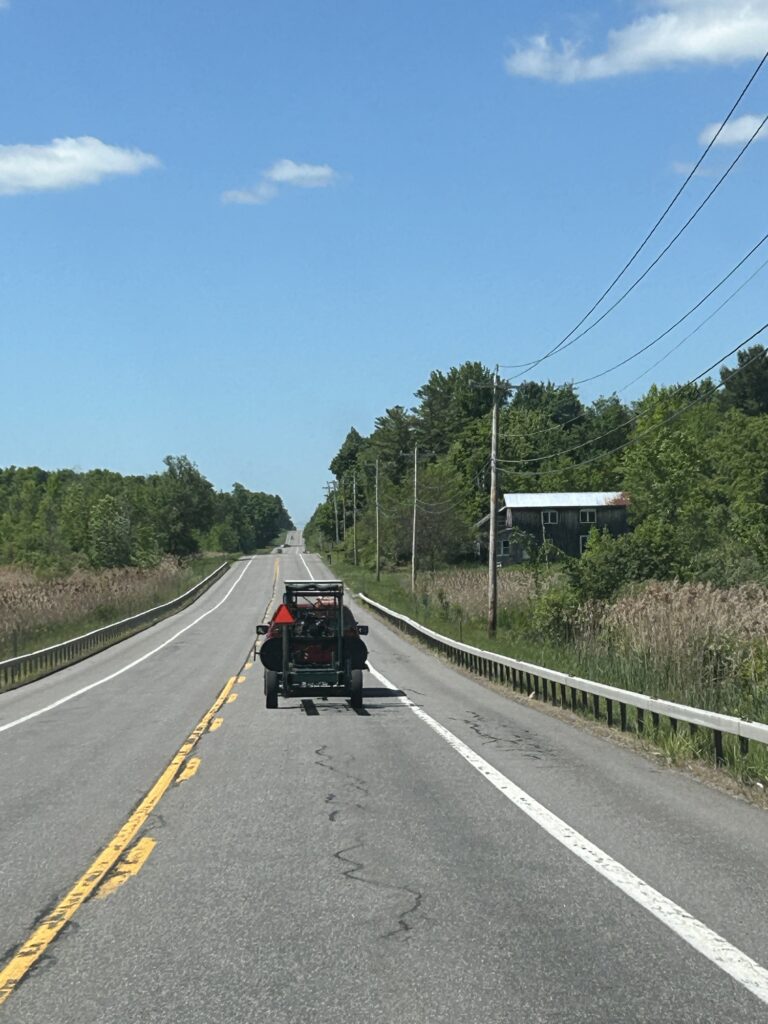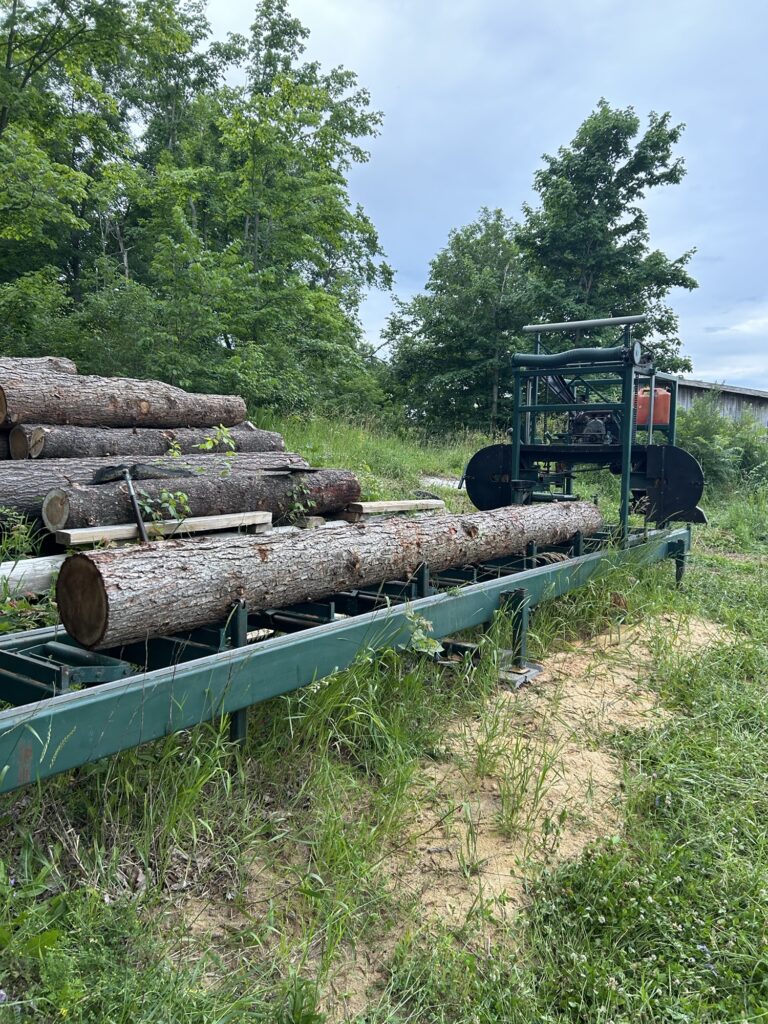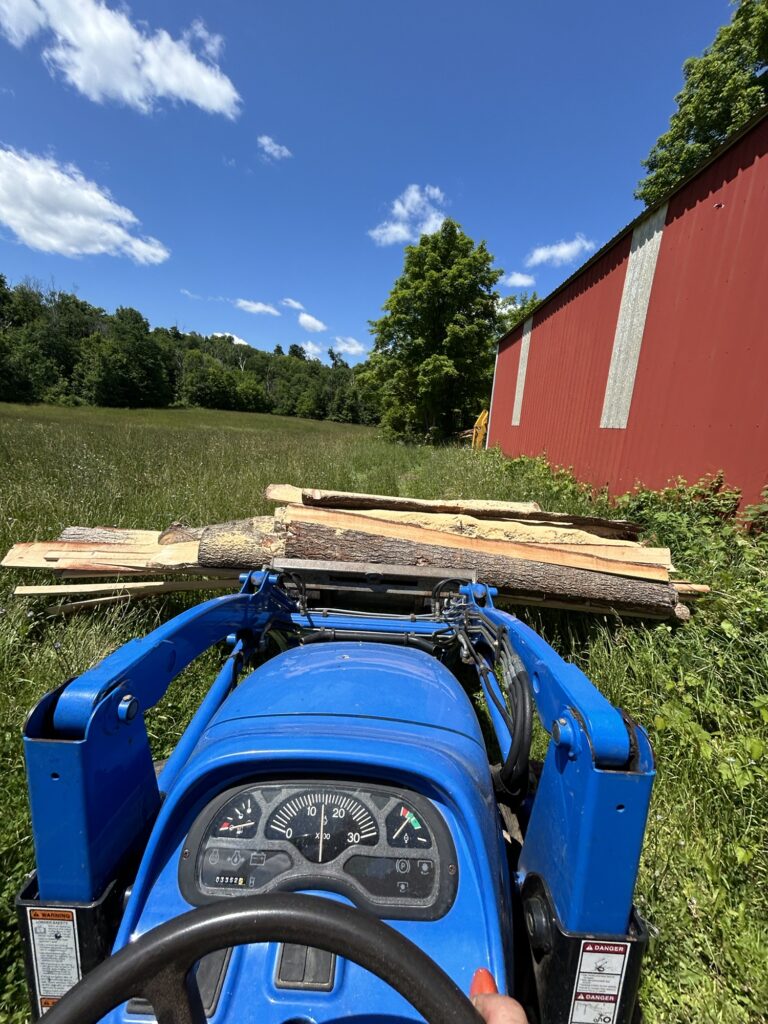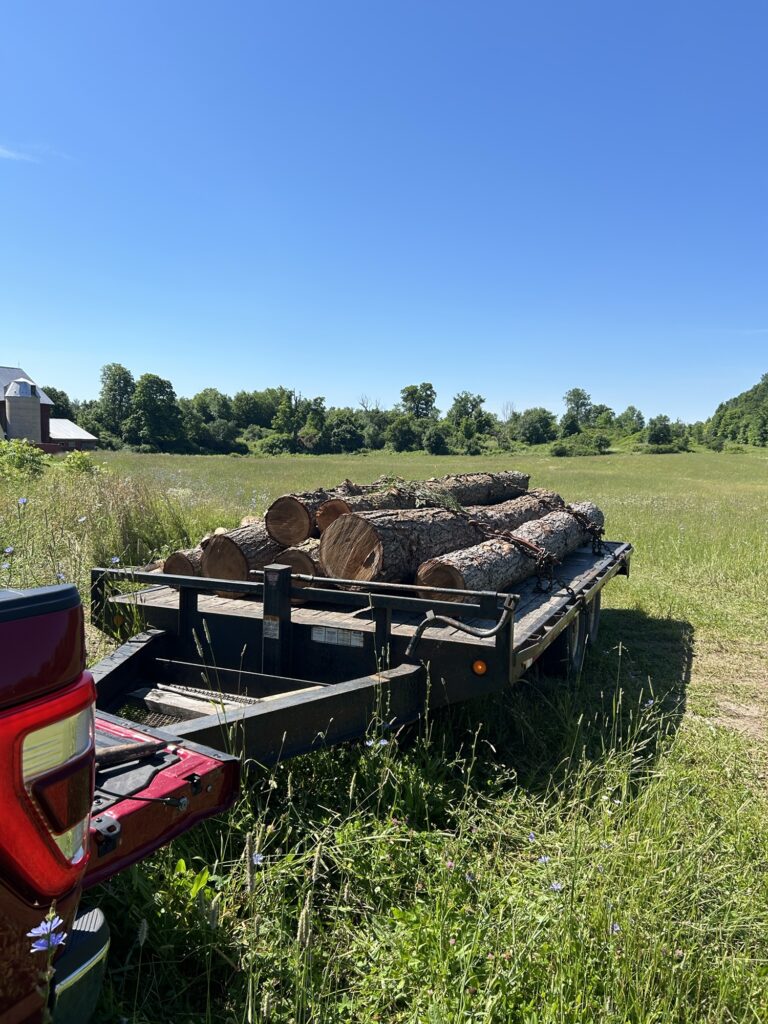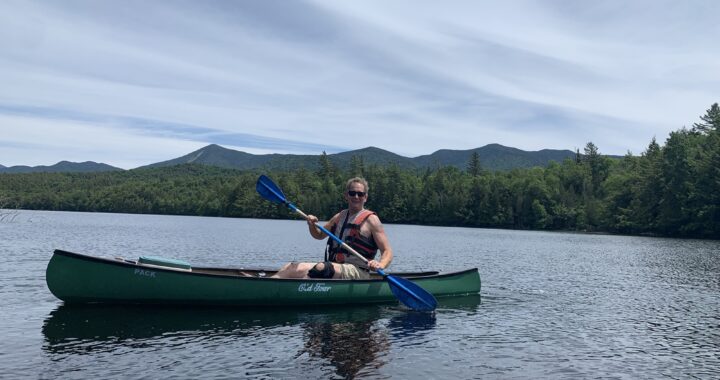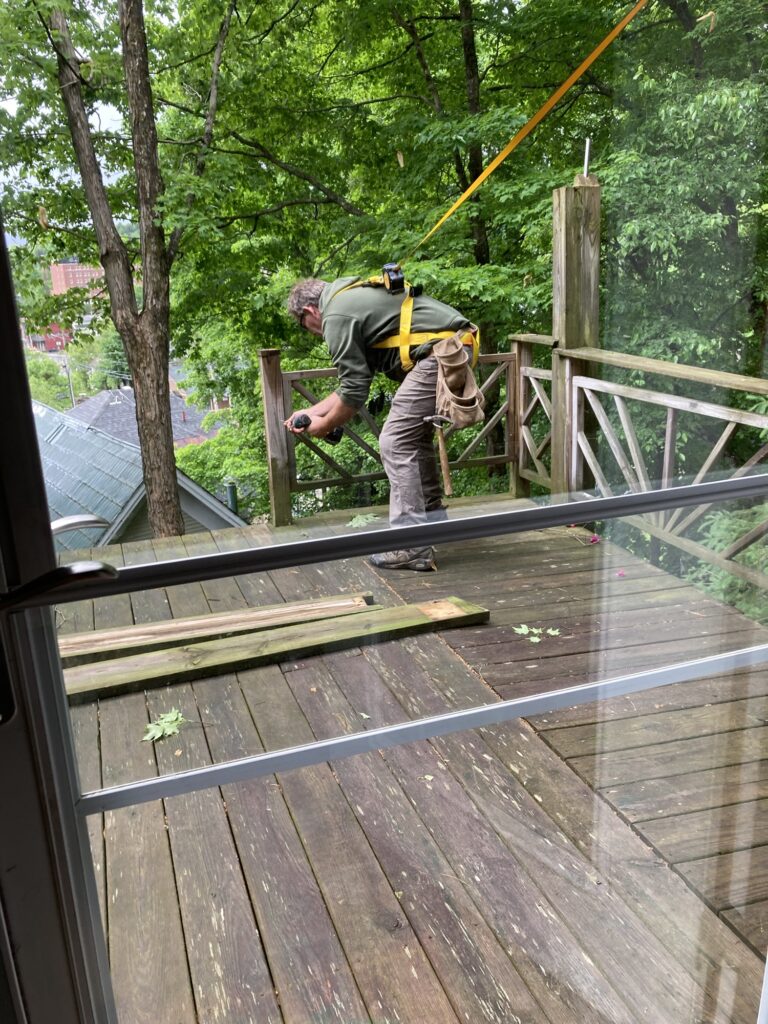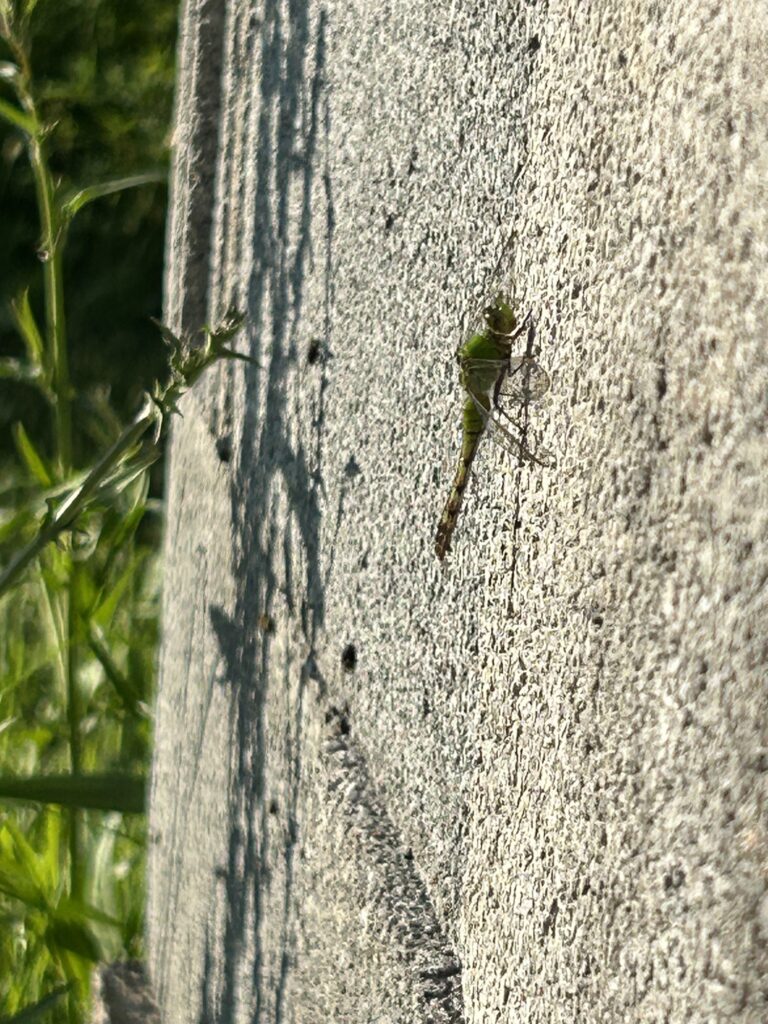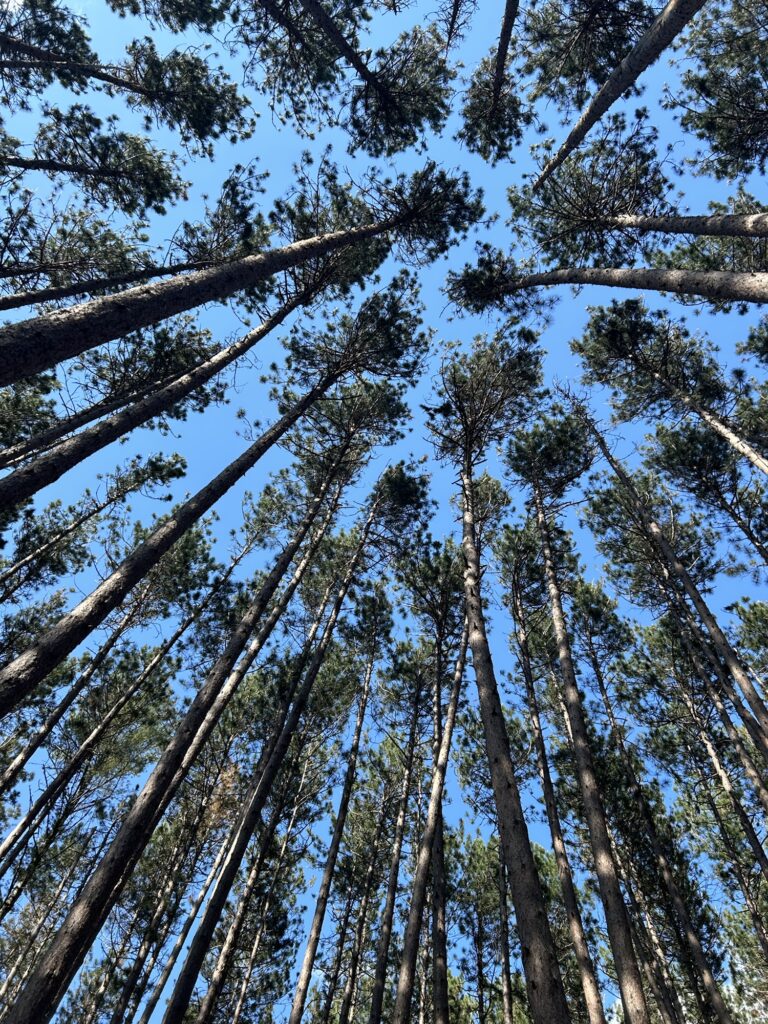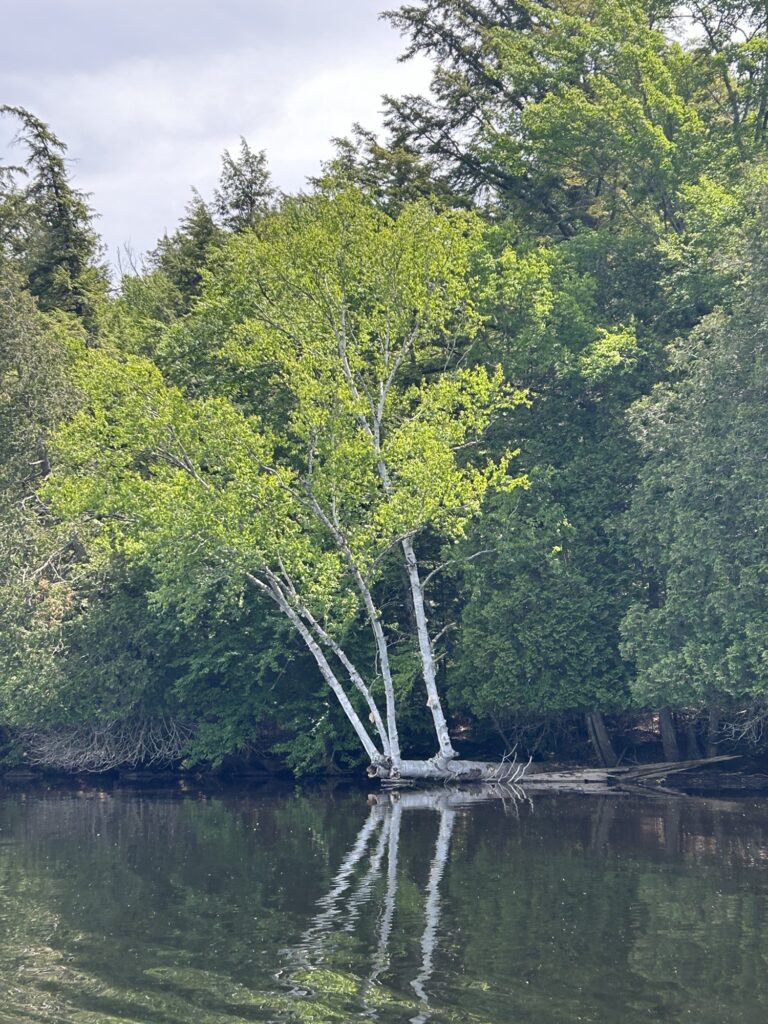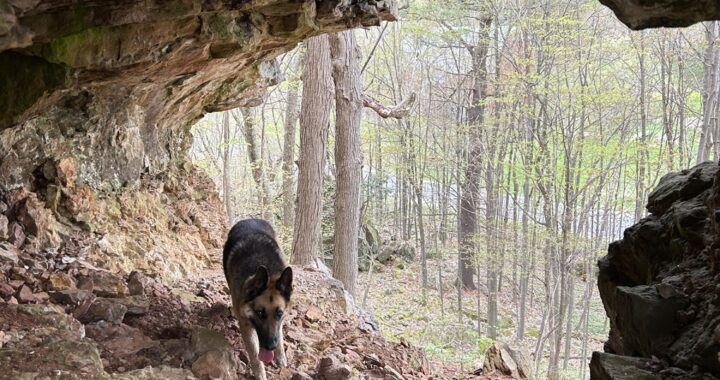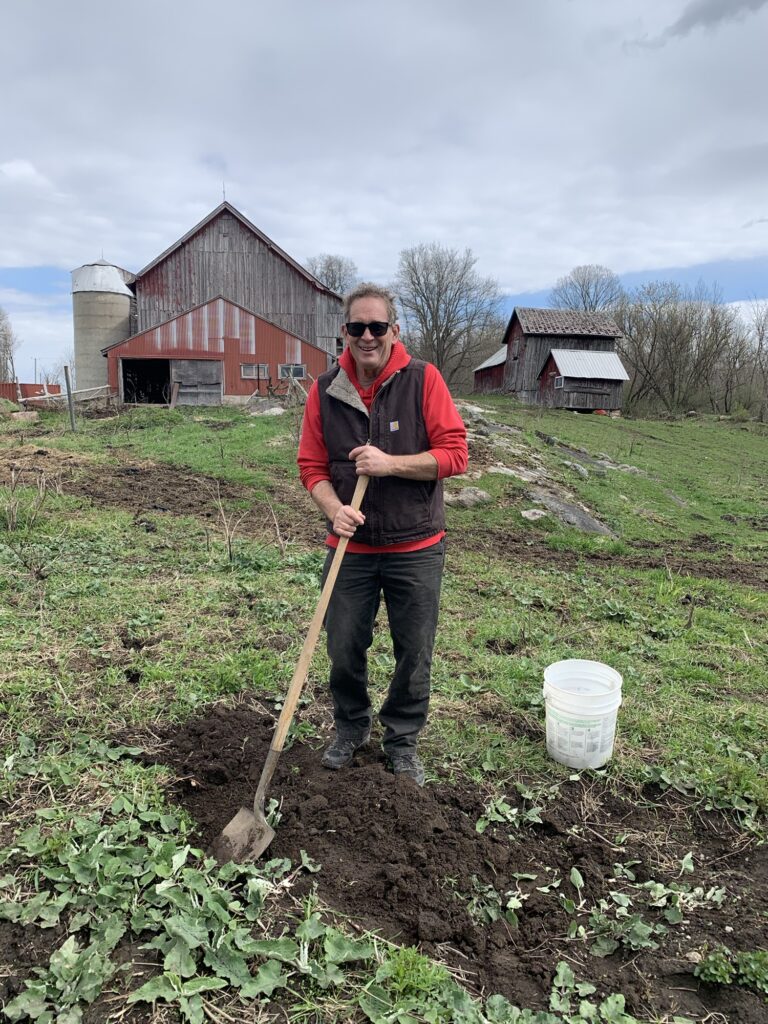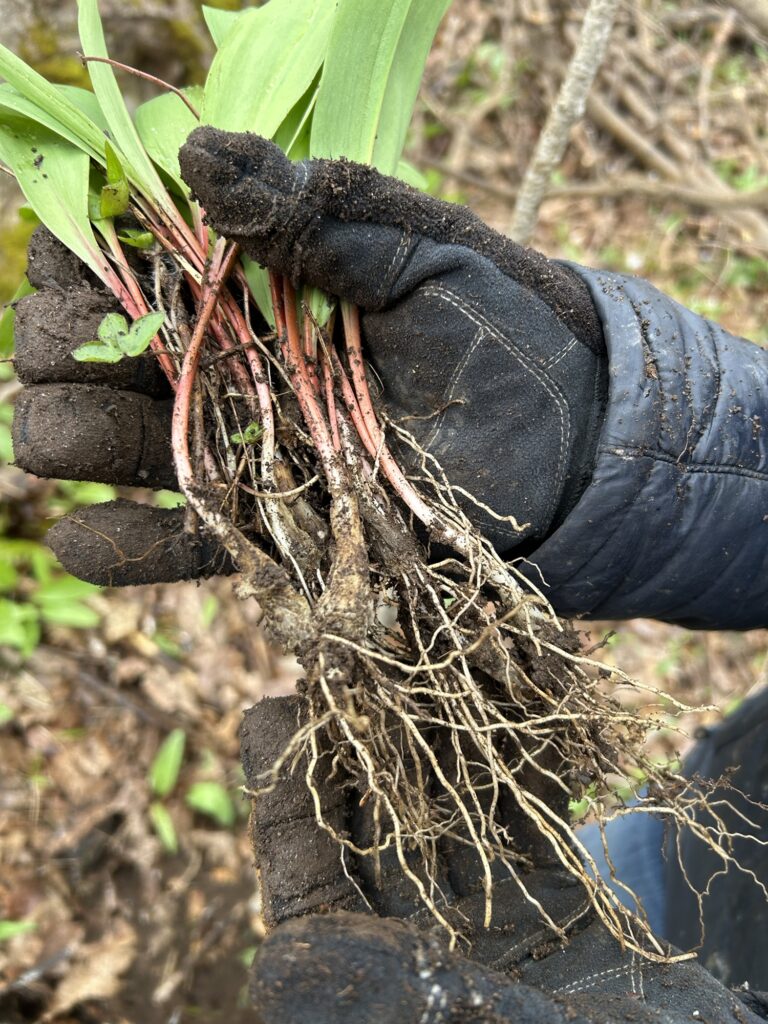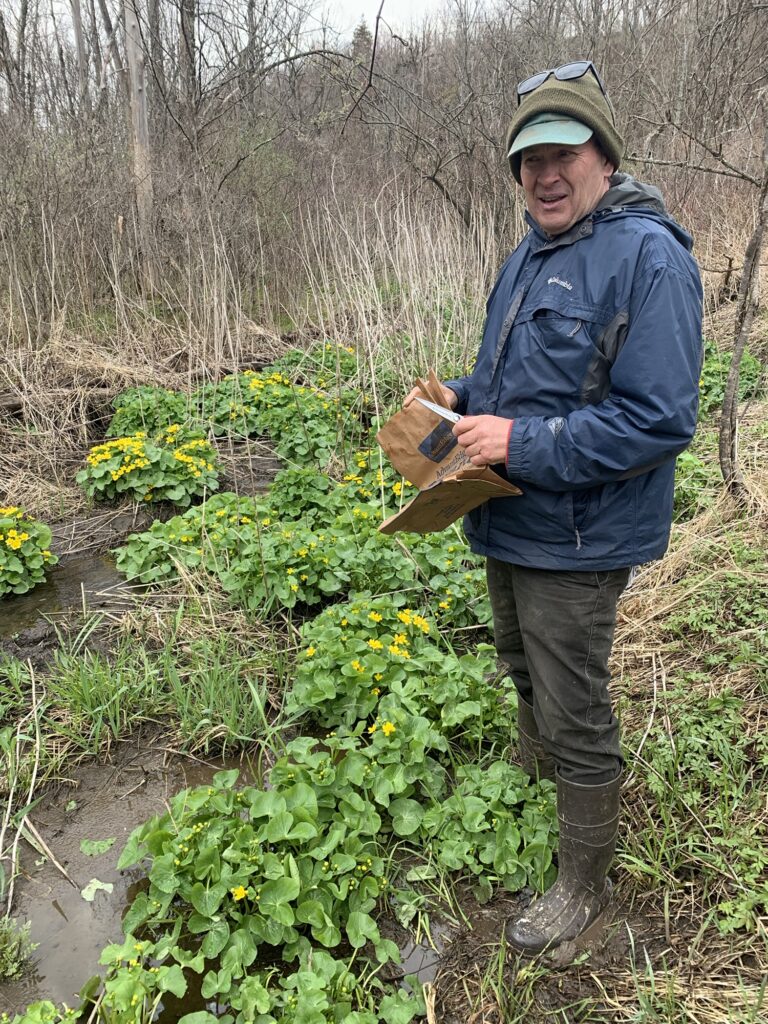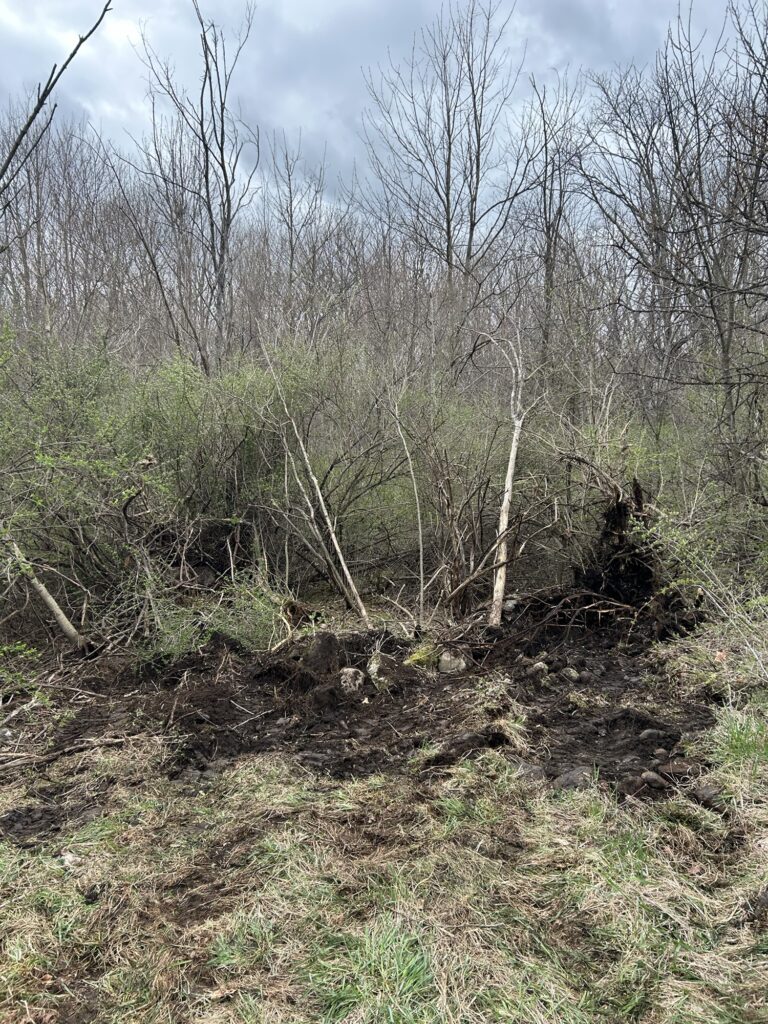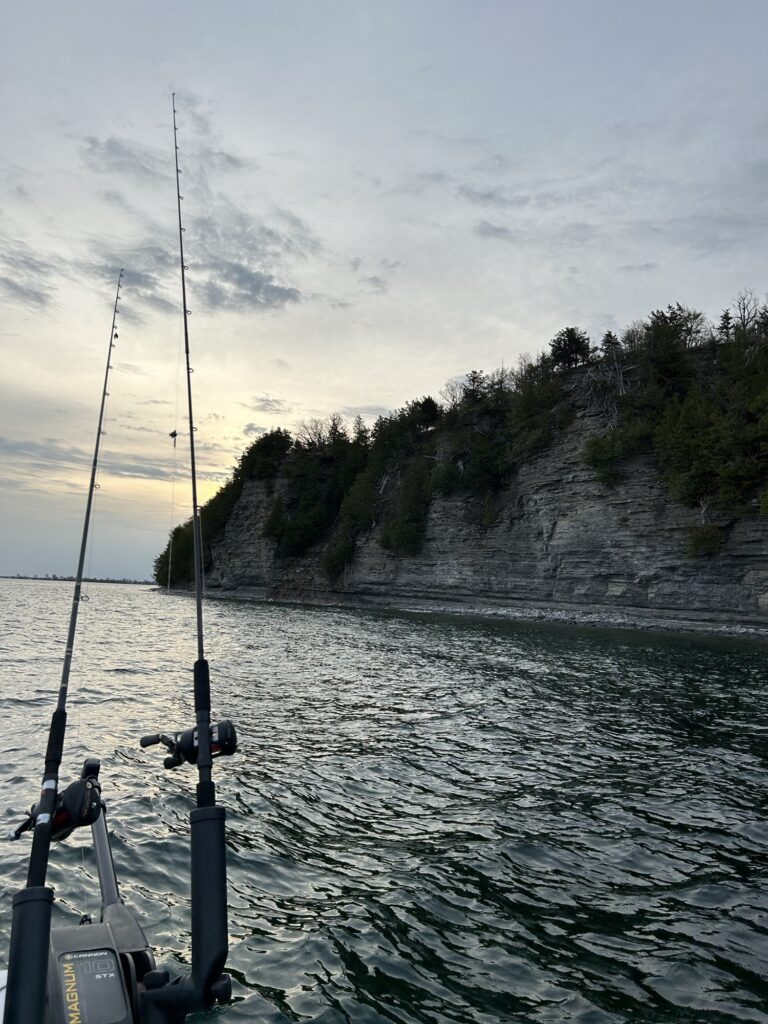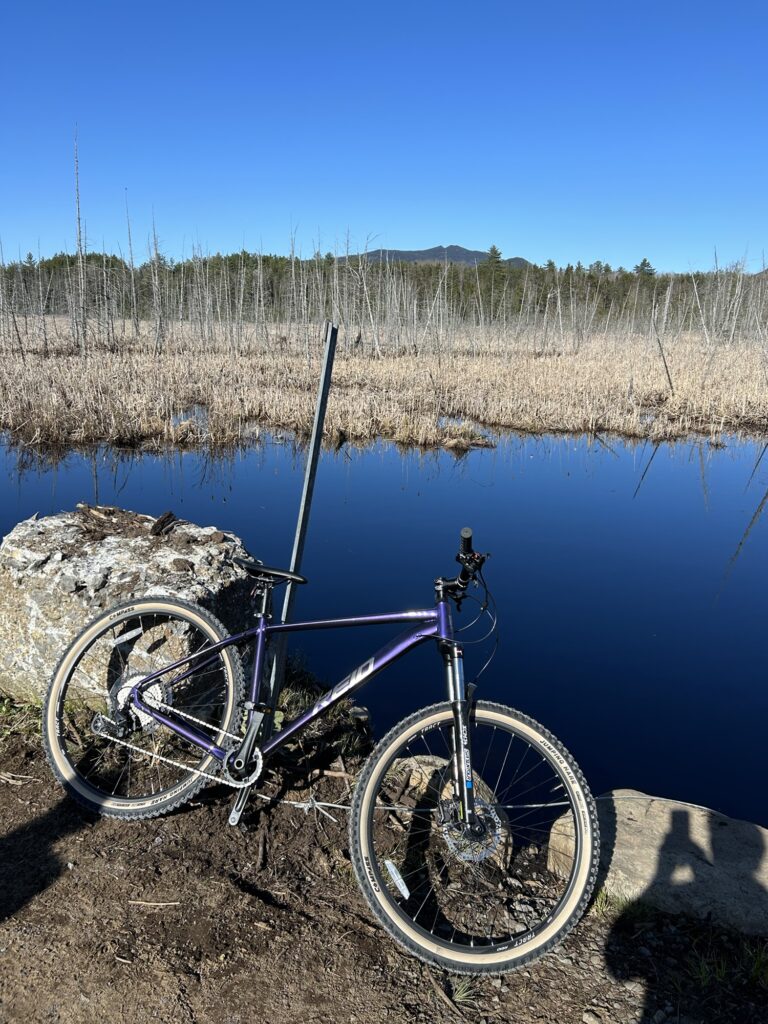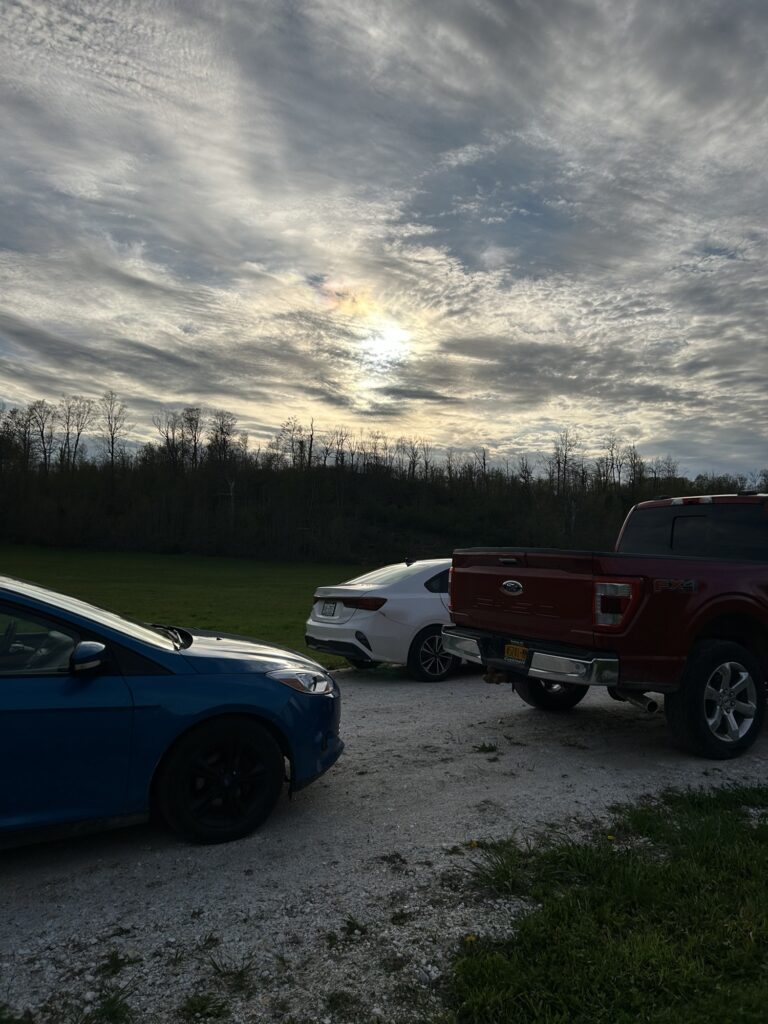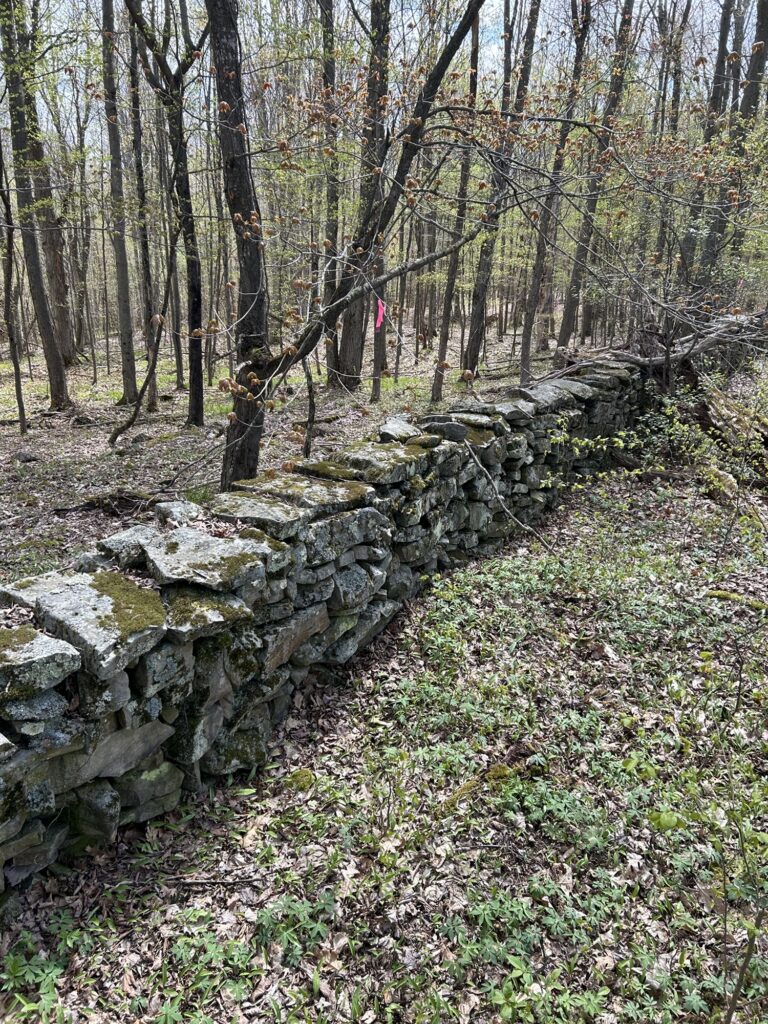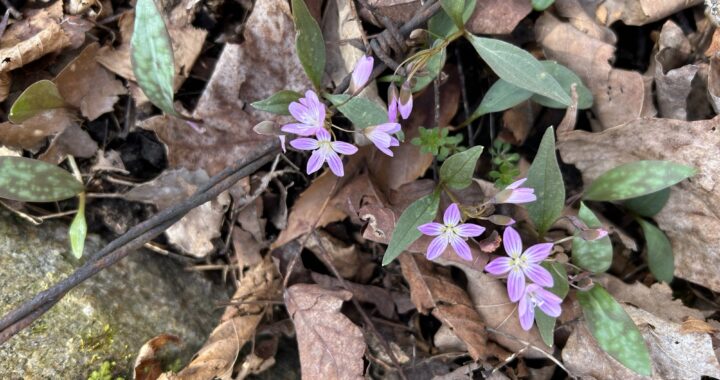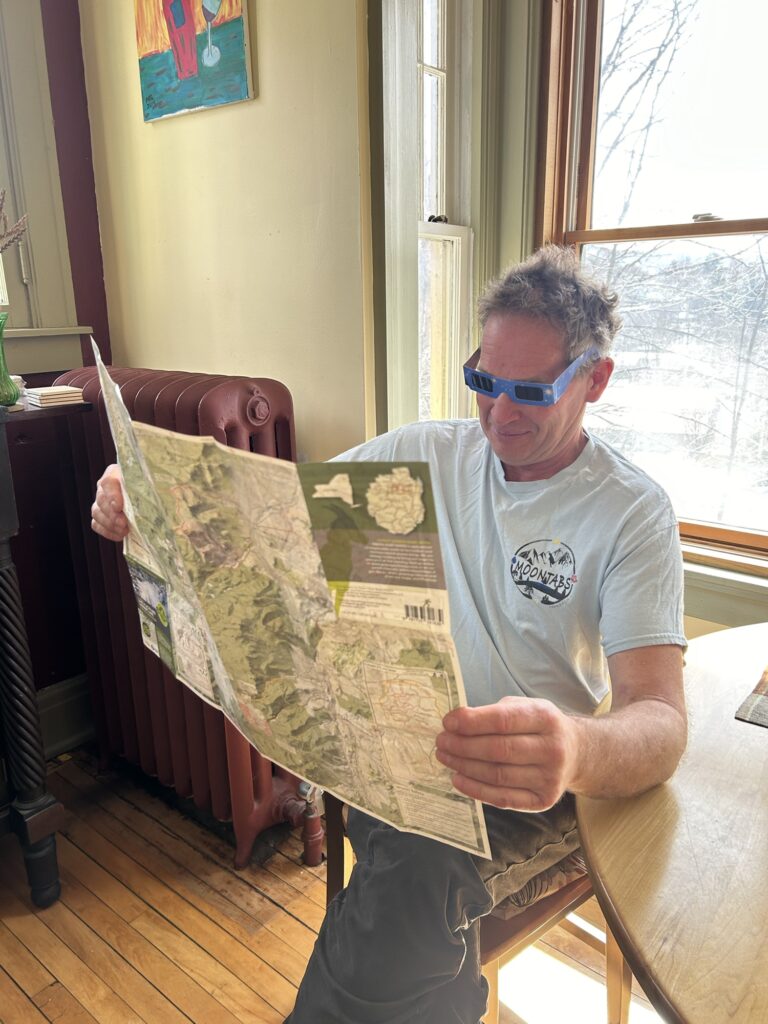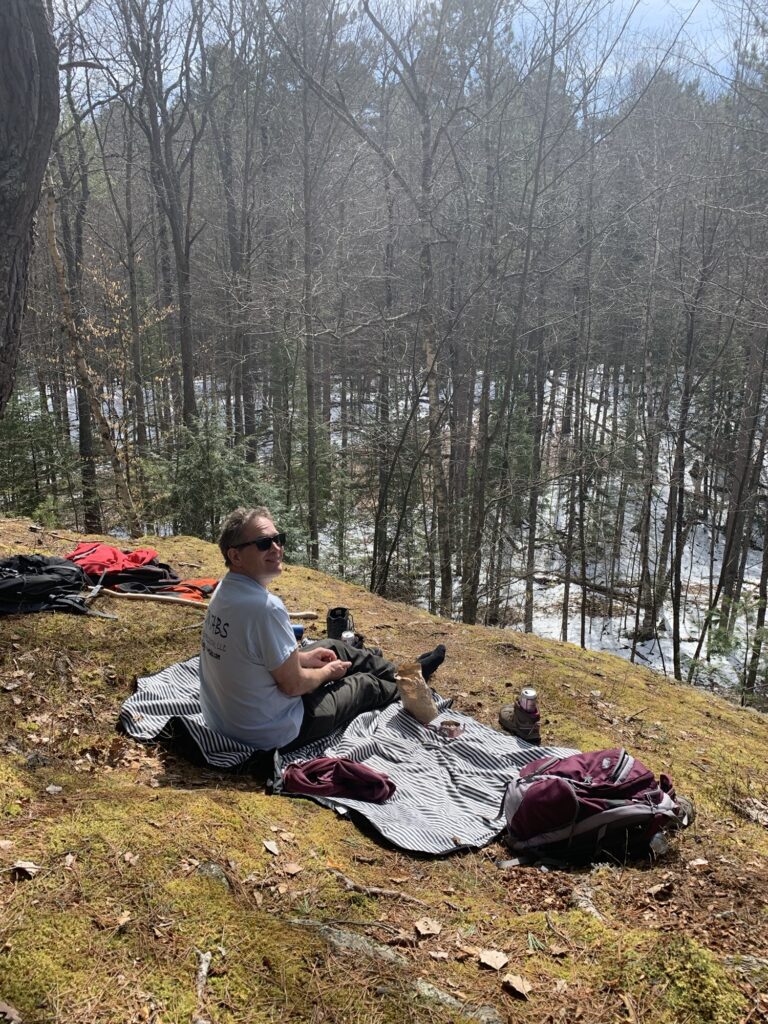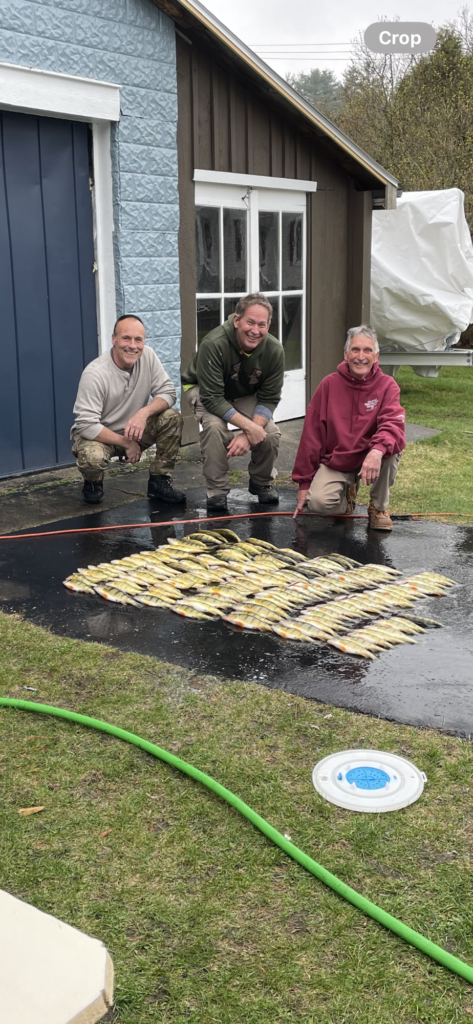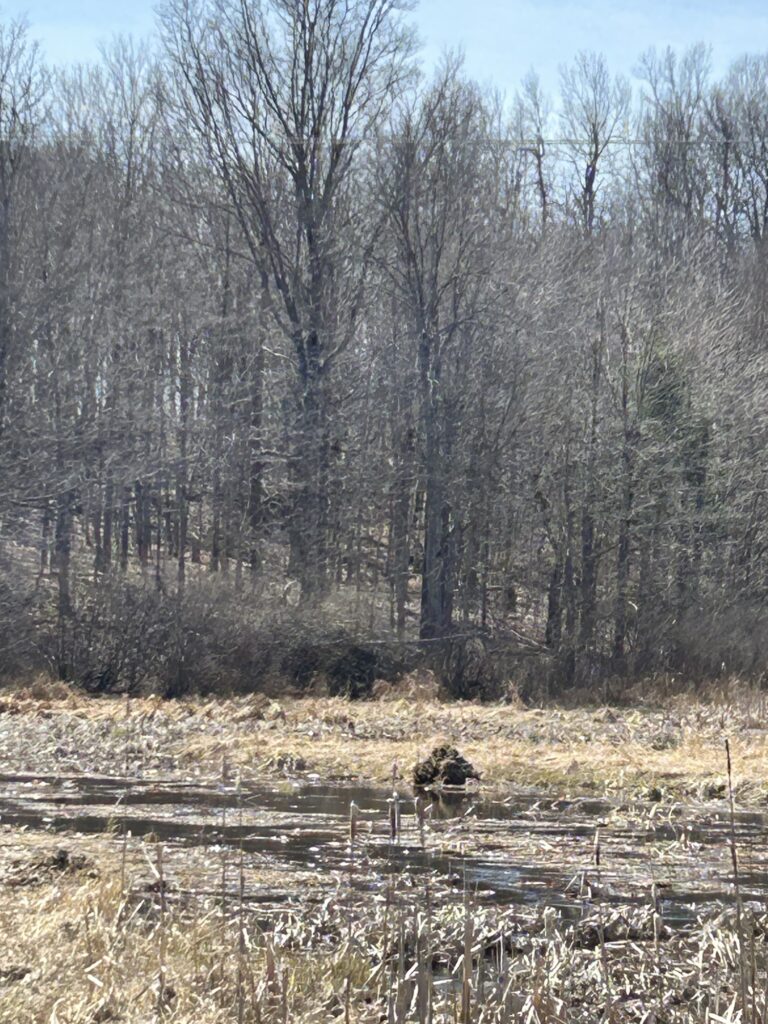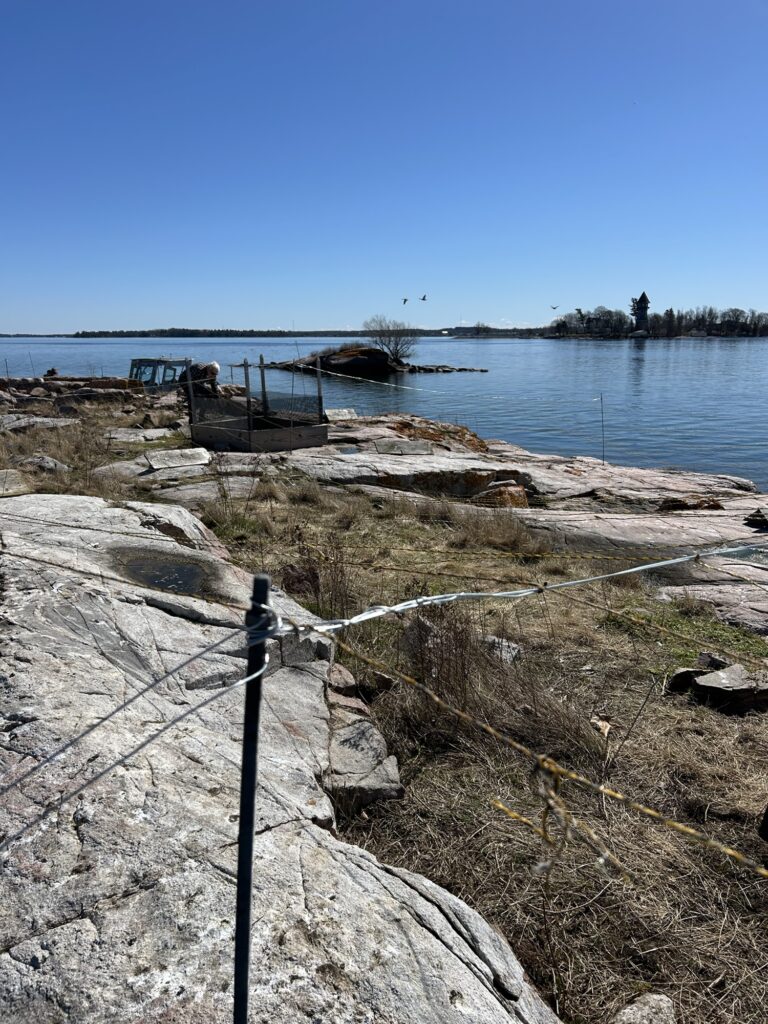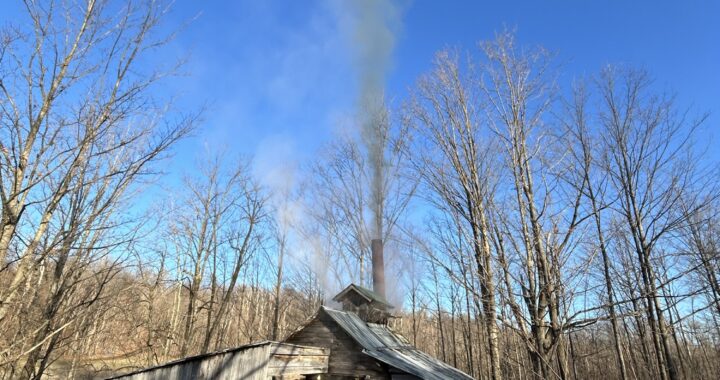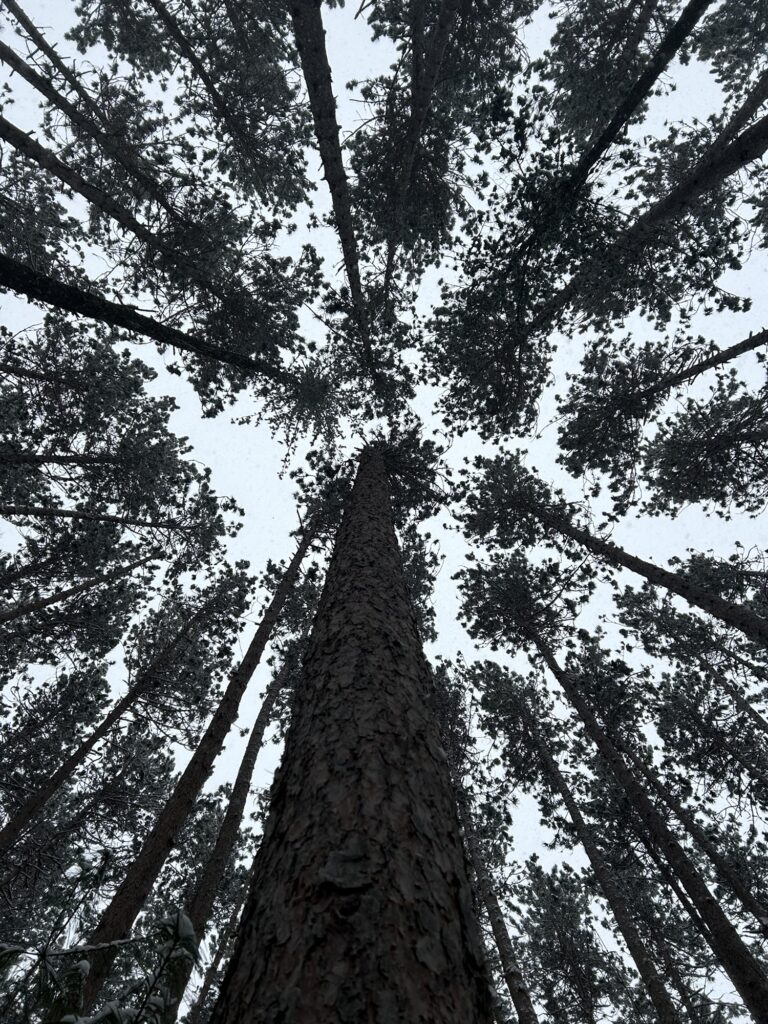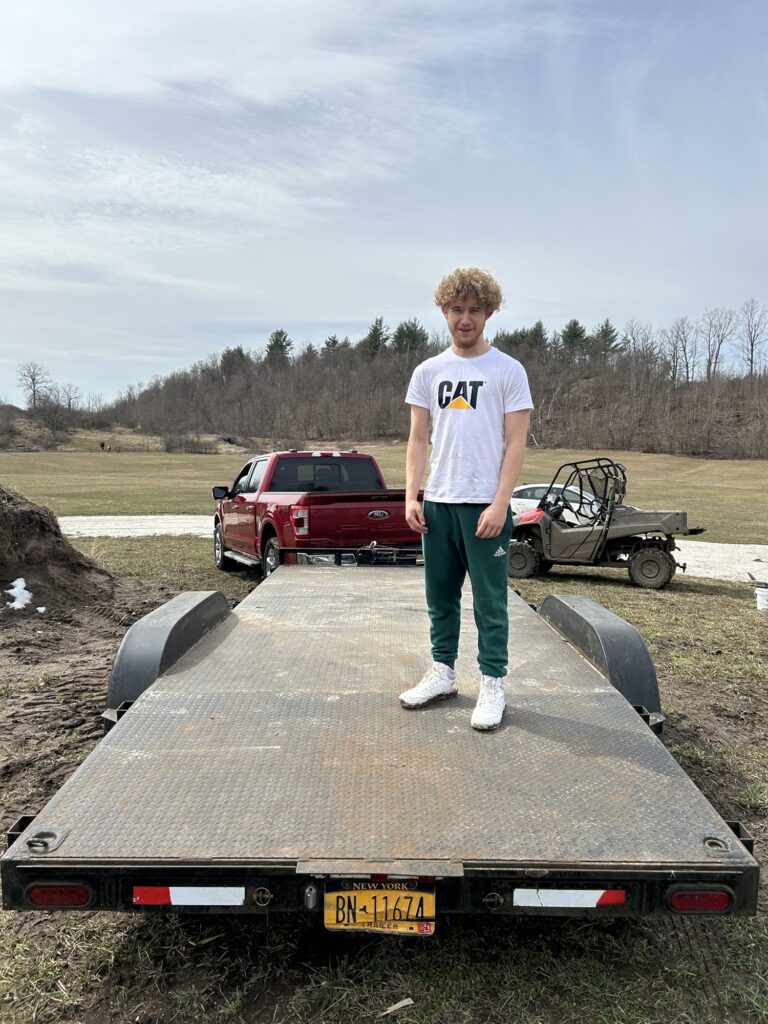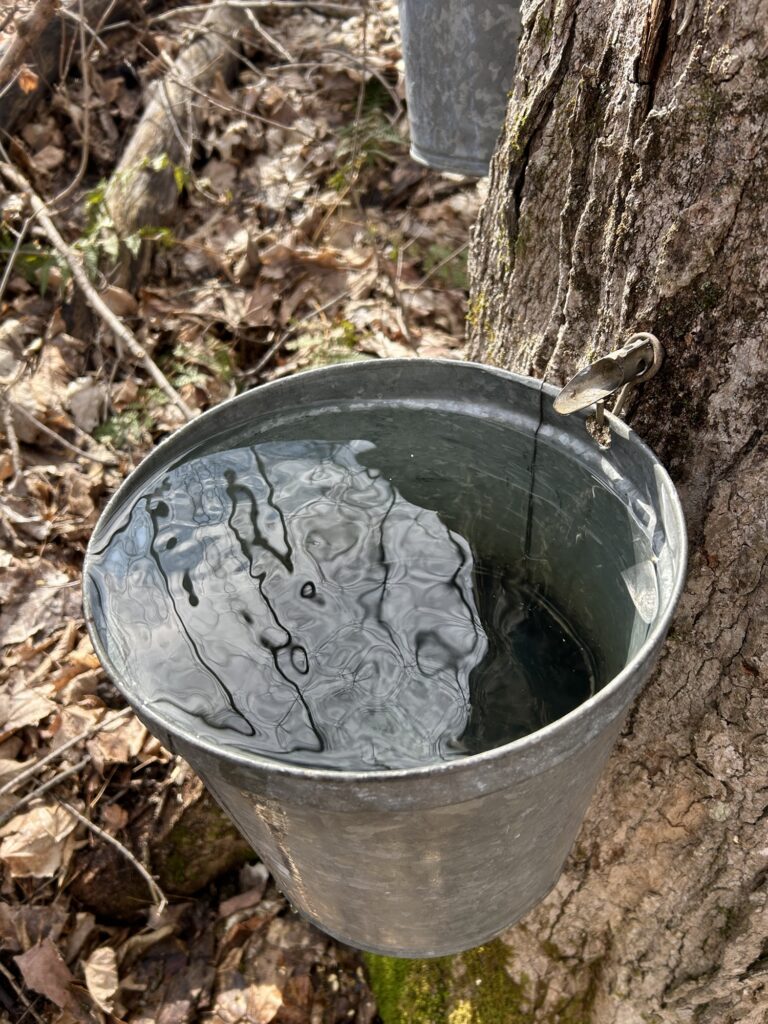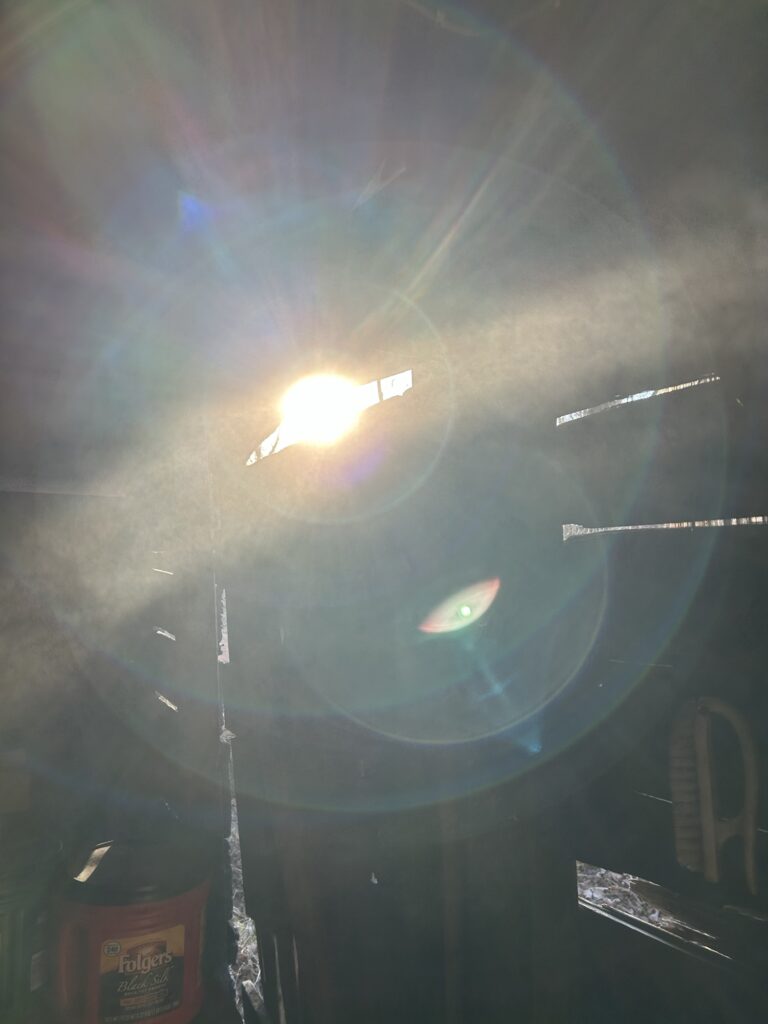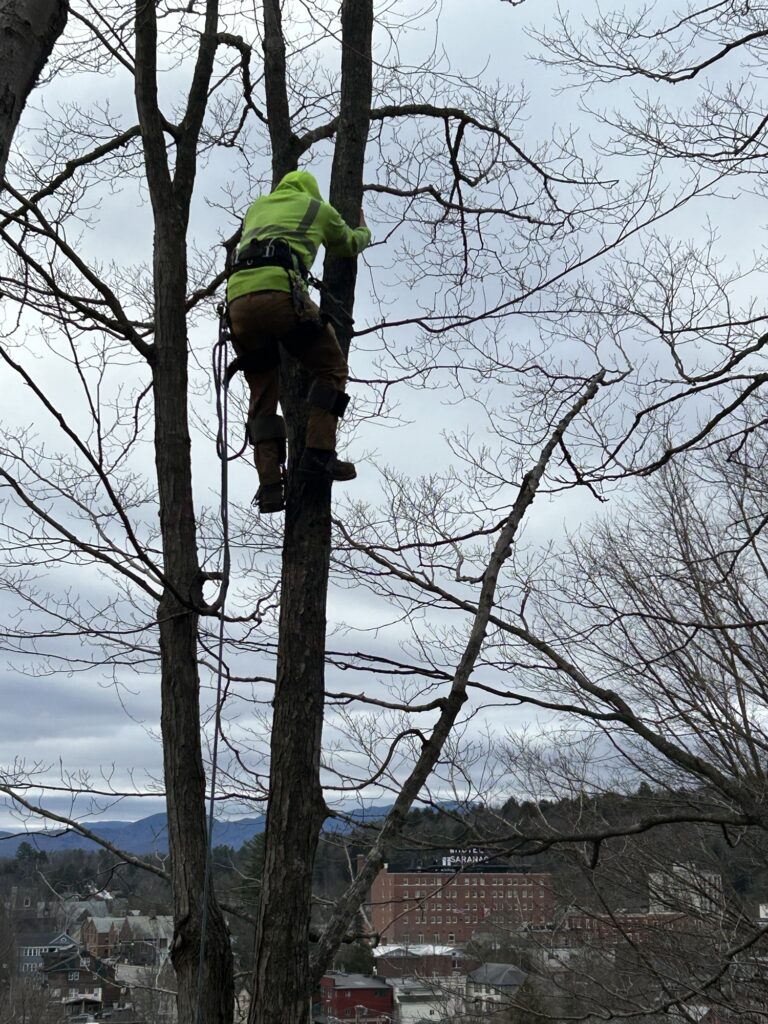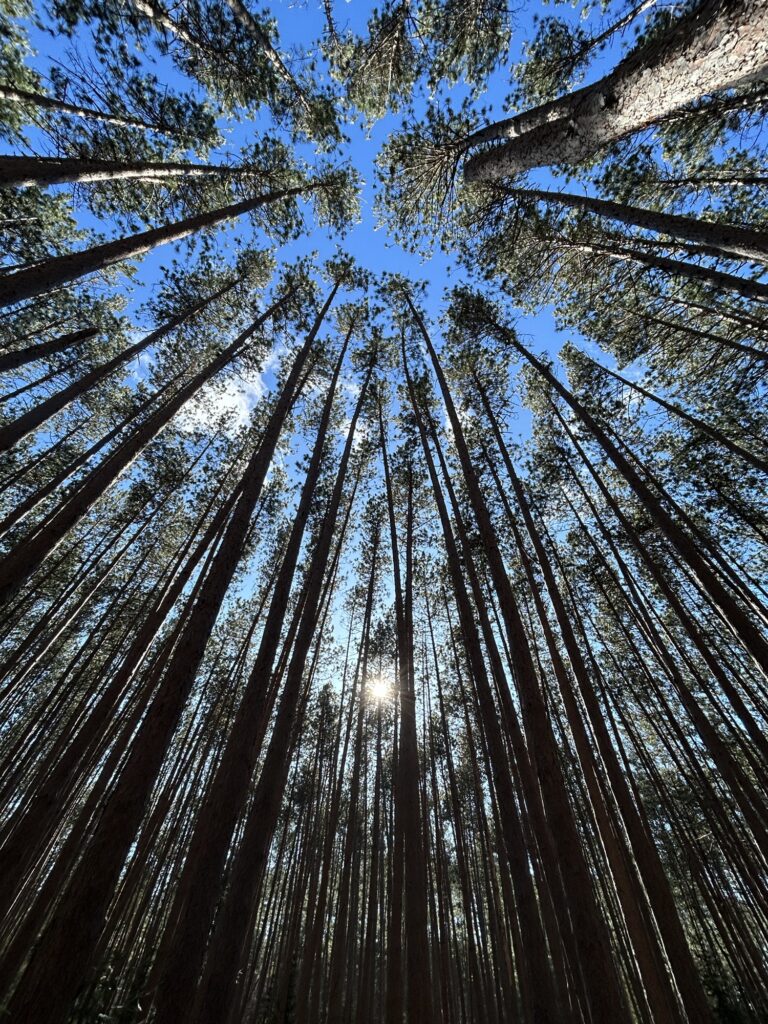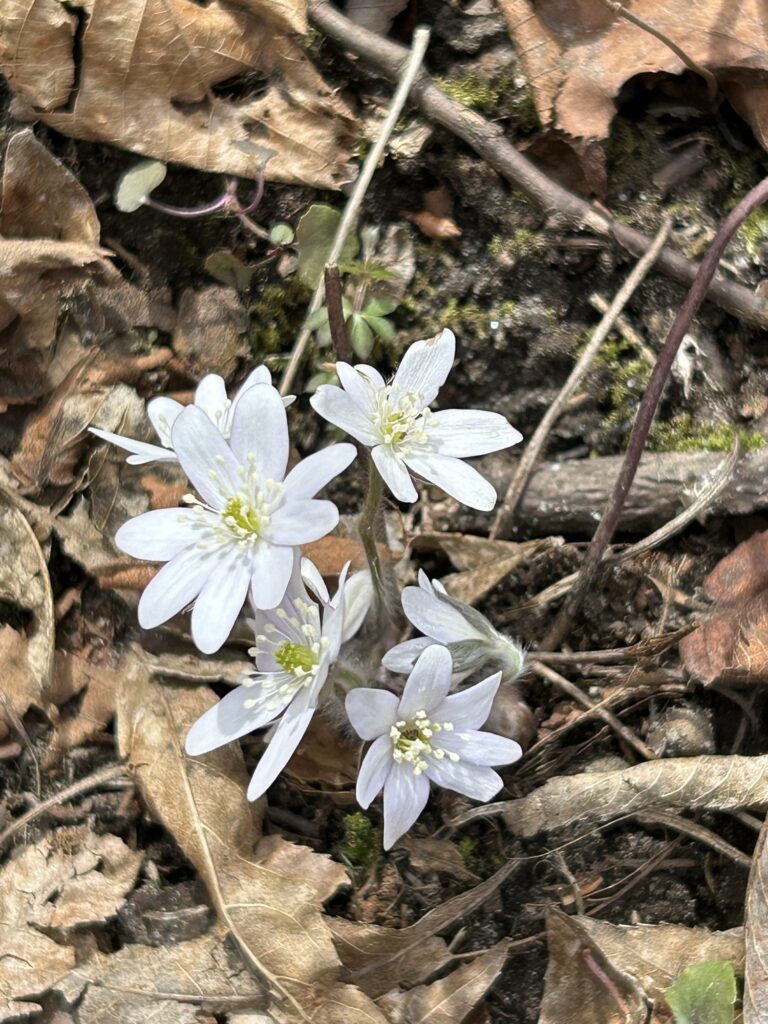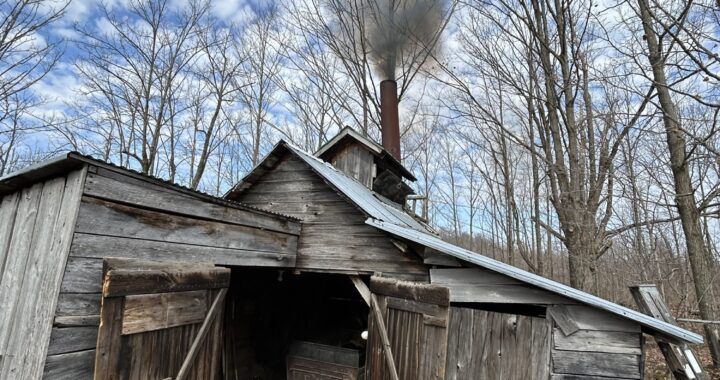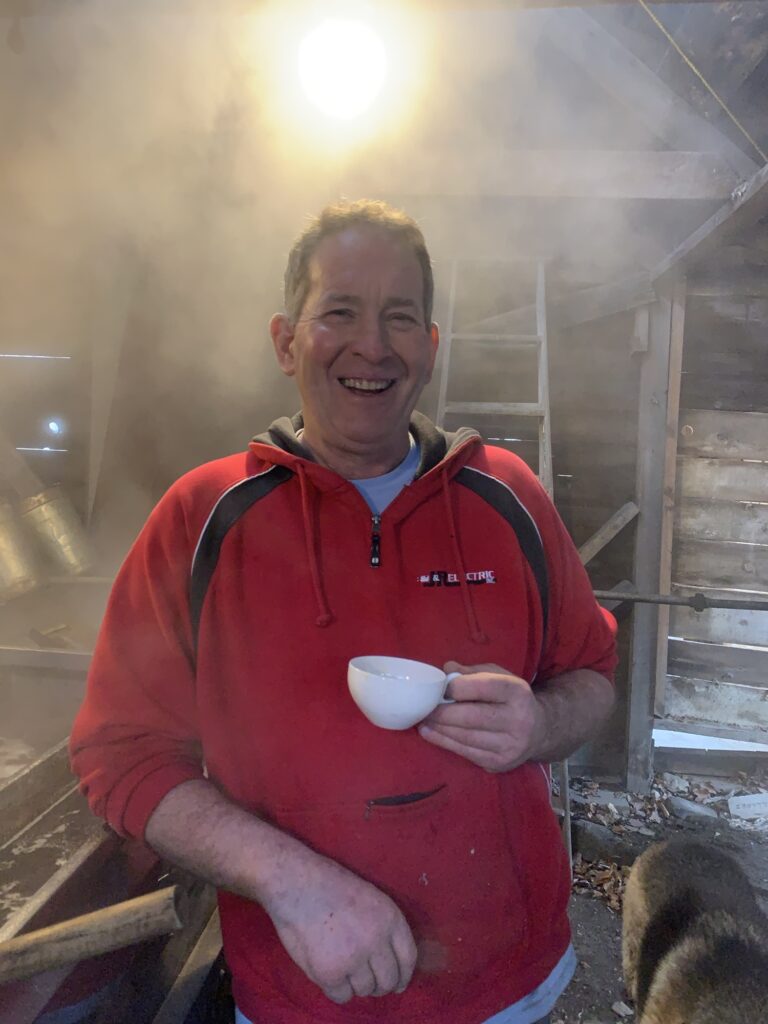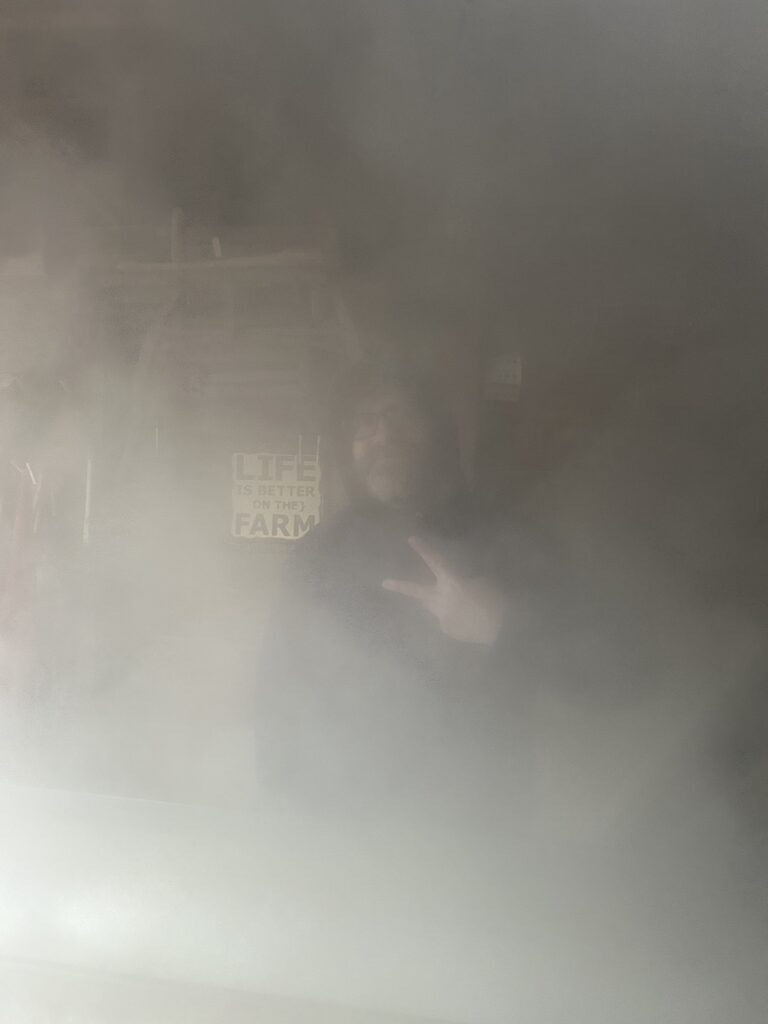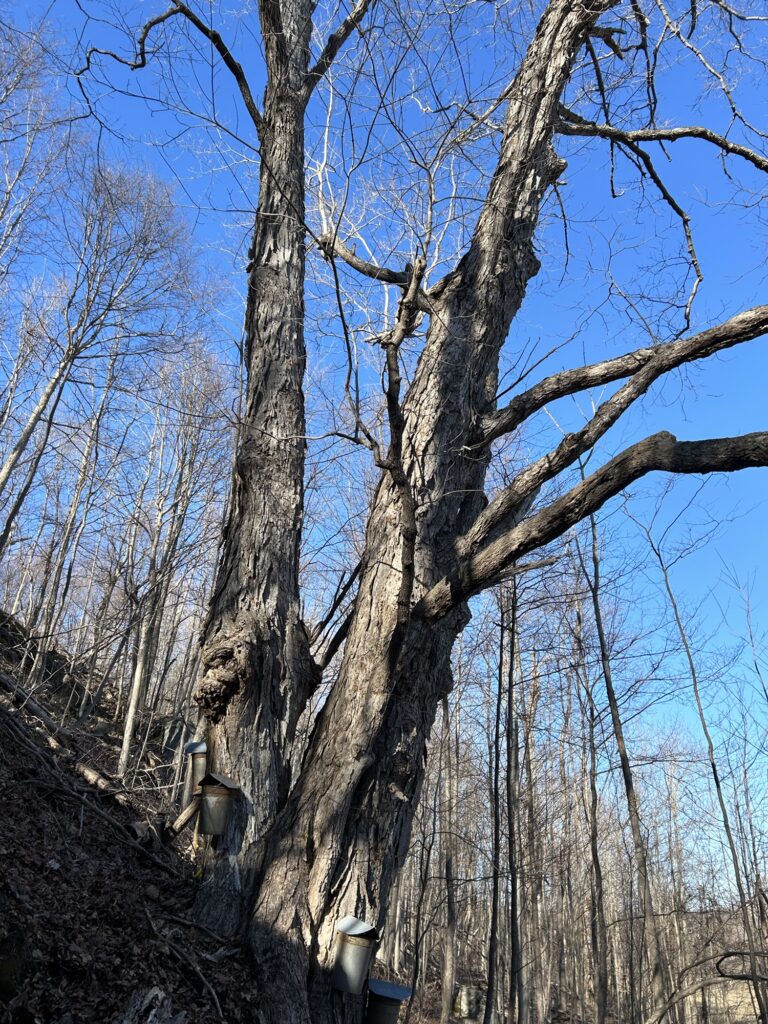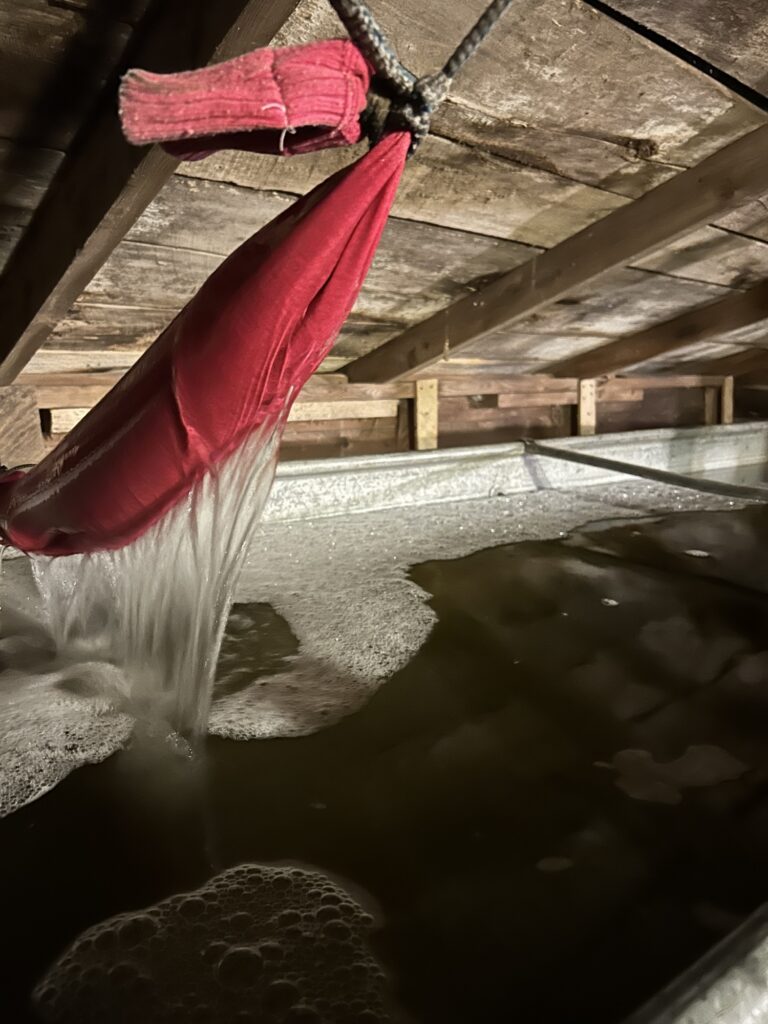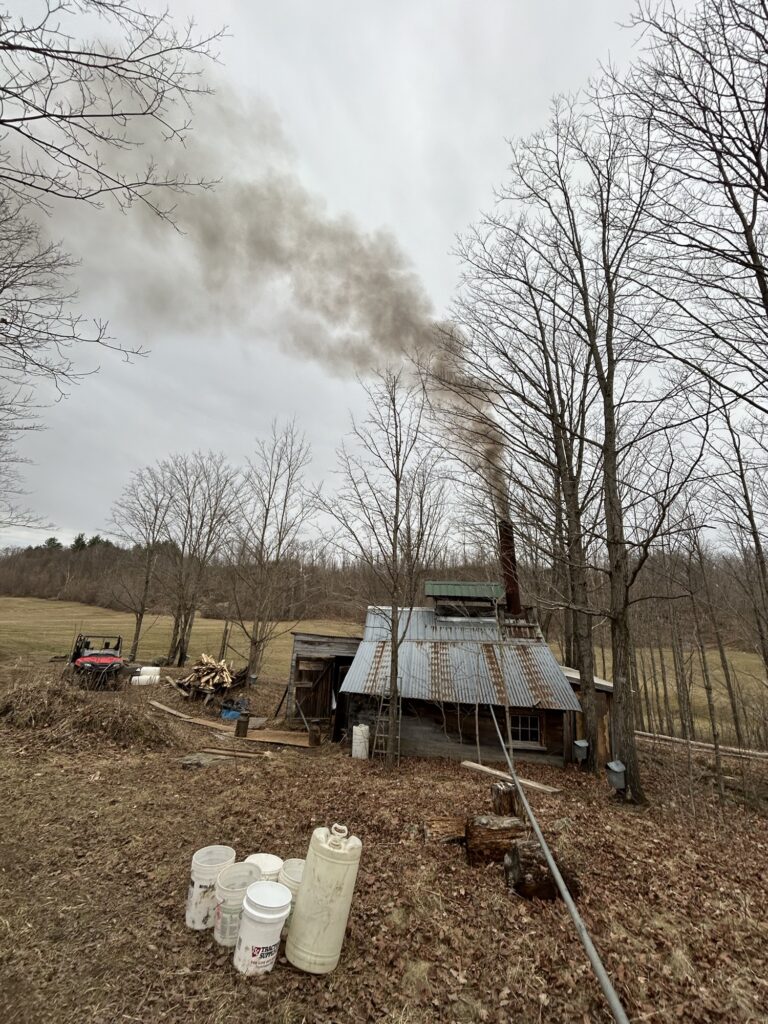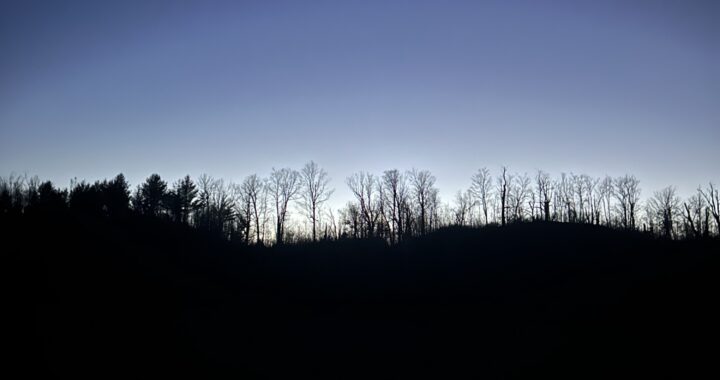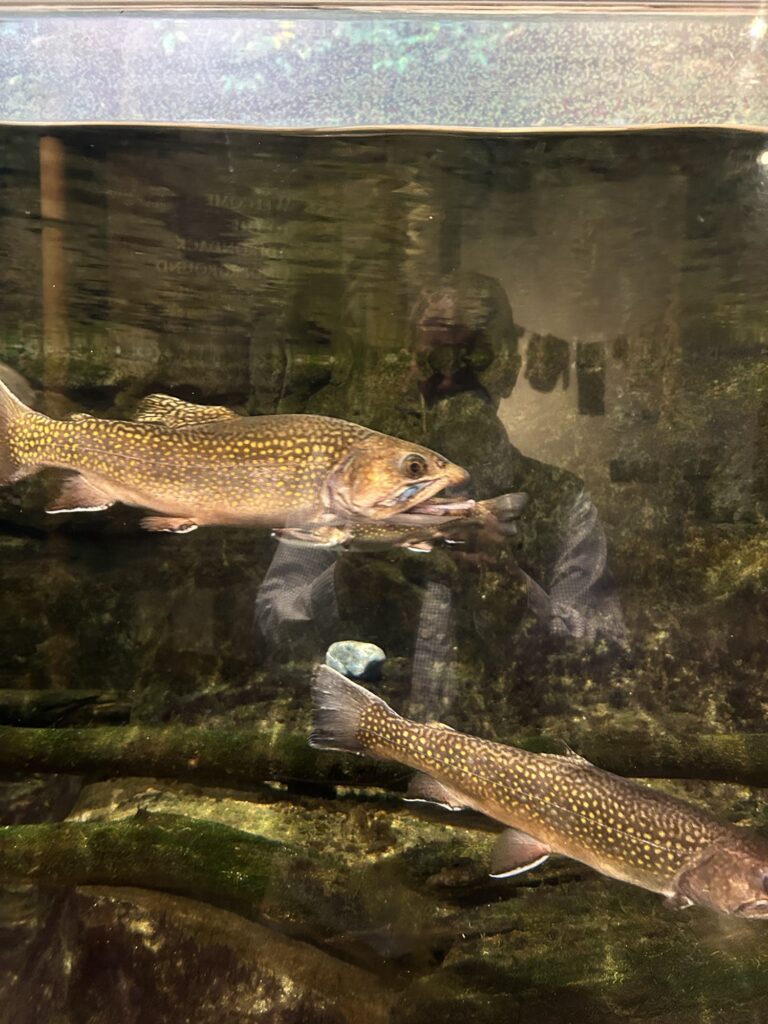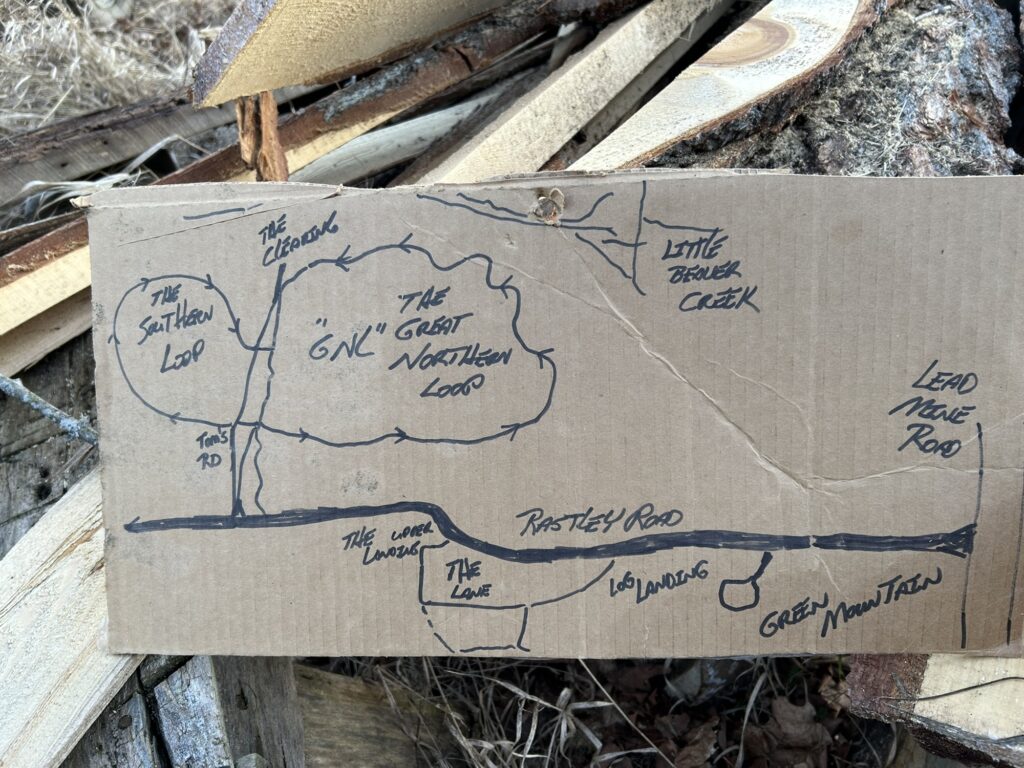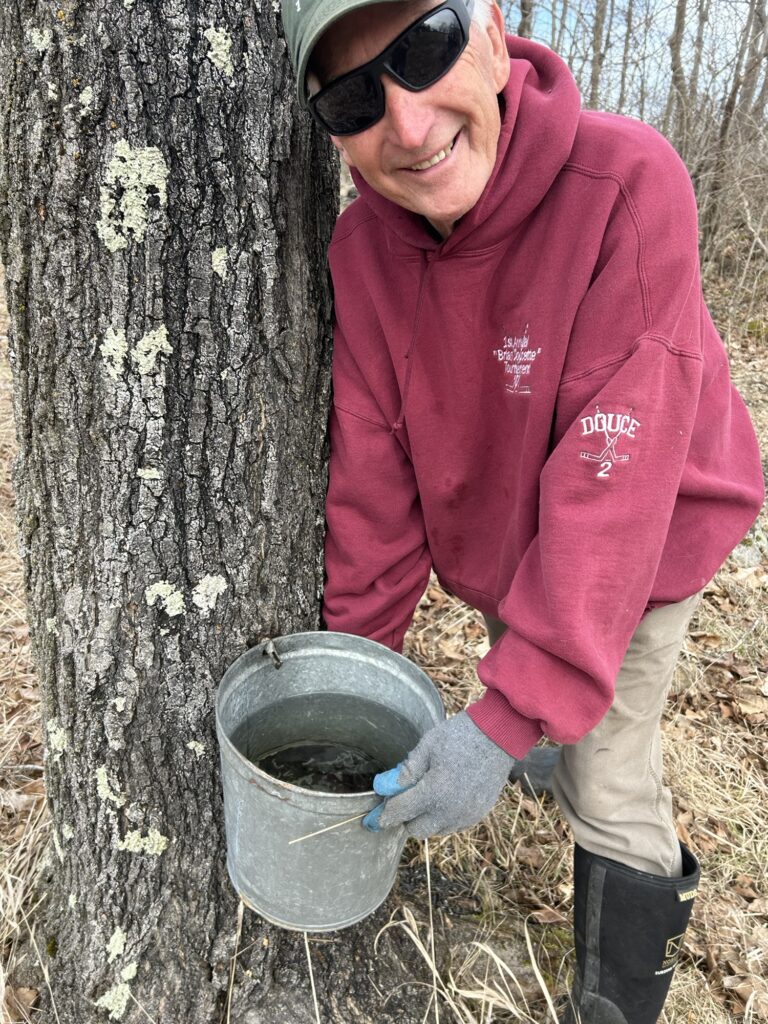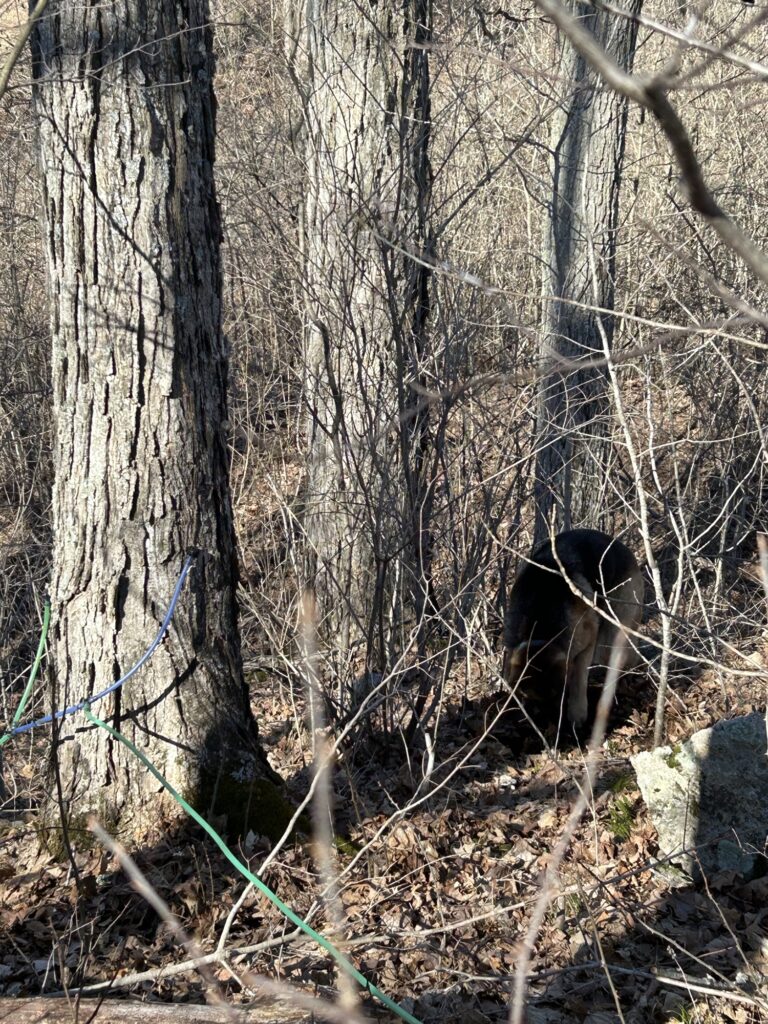August has sped by in a blur for me. Reflections on the passage of time never get old for me! With my birthday just past now it’s no surprise that I would want to write about it a little. Speaking of writing and little it’s been just over two weeks since my last post. Not to mention two weeks since we returned from our Canadian adventure. Work has been my recent adventure honestly. The methane digester project continues to ramp up and it’s where I occupy my time Monday through Friday. It’s a great job out in corn country near Madrid. The amount of crops that are and will be harvested there defies my imagination. Everything is super sized and in motion constantly. Especially the manure! I view it as energy now since entering the realms of methane digesting technology. Unfortunately for me I still don’t know exactly all the systems fit together. My young apprentice coworker and I bounce around the project knocking out various tasks to get the electrical power systems in place. That part I understand without question. My work since I became an apprentice in 1982 has been revolving around that occupation. And though many things have advanced through technology we still move electrical current the same old way! Copper cables to carry the current! Familiarity breeds efficiently for the installers! My time on the job grows short as my allowed work period ends September 15th. This project will need to finish without me!
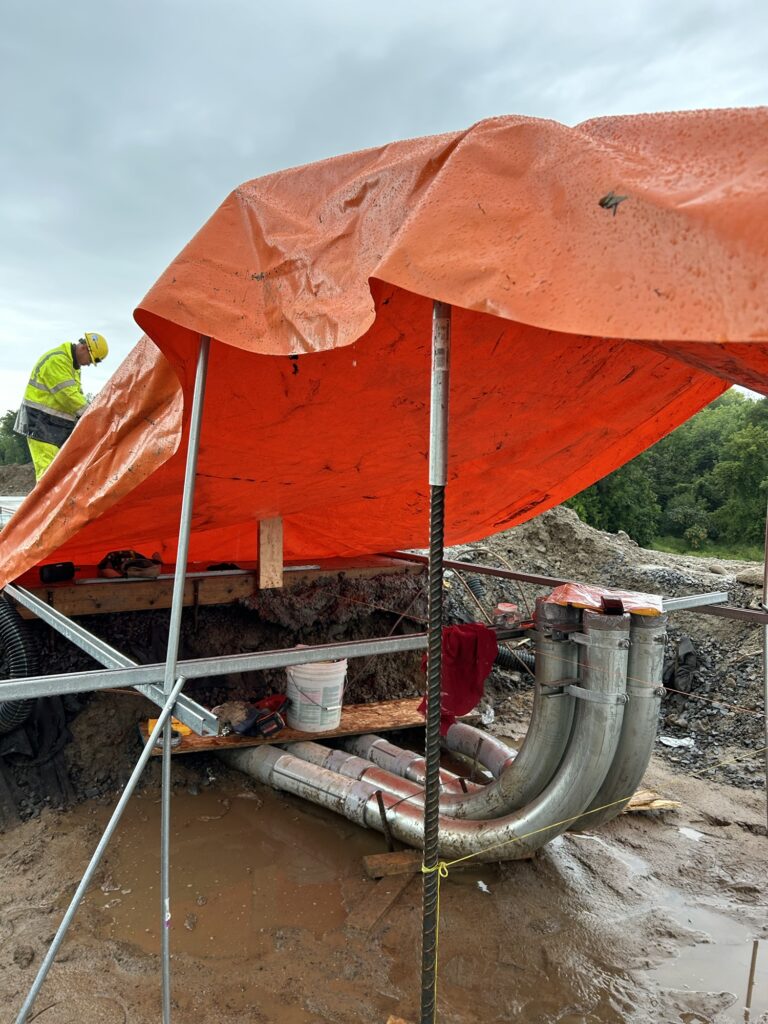
With work being the central focus I don’t get much else accomplished it seems. After a busy day it’s all that I can do to get dinner on the table and a few other chores done. My energy is not without limits it appears as I hit 62 years of age. I have been spending my weekends doing a few miscellaneous things but nothing major. I was tapped out upon my return from Quebec! I hit the job site that first Monday back pretty rested and ready to roll. It’s all about a cash grab now.Selling my time for money and fringe benefits that will pay off in the months that follow. A paradox of sorts. The grand trade off as summer passes and the first signs of autumn appear. And there lies the dance with the devil . Time can’t be bought back. One thing is most certain: retiring at age 55 was one of the best moves of my life!
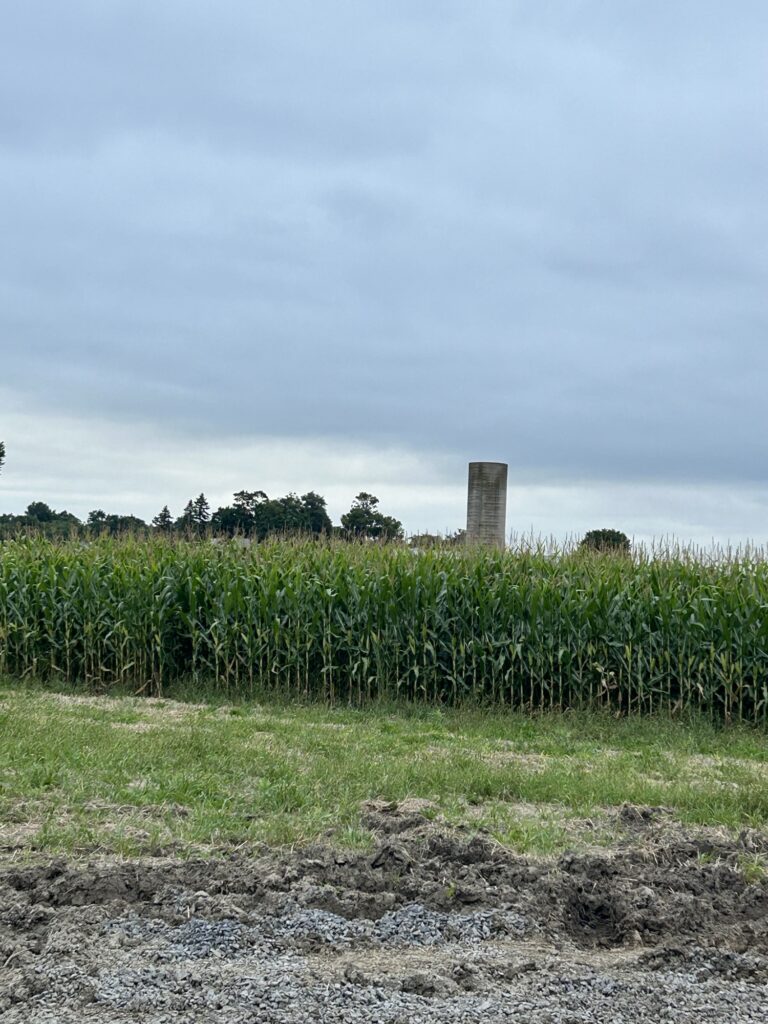
So what’s the spin? Me mostly, trying to keep up with my self imposed pace. The Homestead looks like it’s deserted these days with Zane and I living at Camp Edith. He recently moved in with me which has been nice when I manage to see him. Our schedules don’t exactly align at the moment. And then there’s the changes in my private personal life. But that’s another story for another day. My return to the valley has ushered in change out beyond the crossroads where I was traveling at high speed. A sudden detour ever watchful for the road that might lead me to my last exit. The song “The Last Exit” by Still Corners always gets me thinking about time and where I am heading. Spun up and spiraling? Is that a part of ascension? Who knows really? And this is far from being any sort of connection to nature!
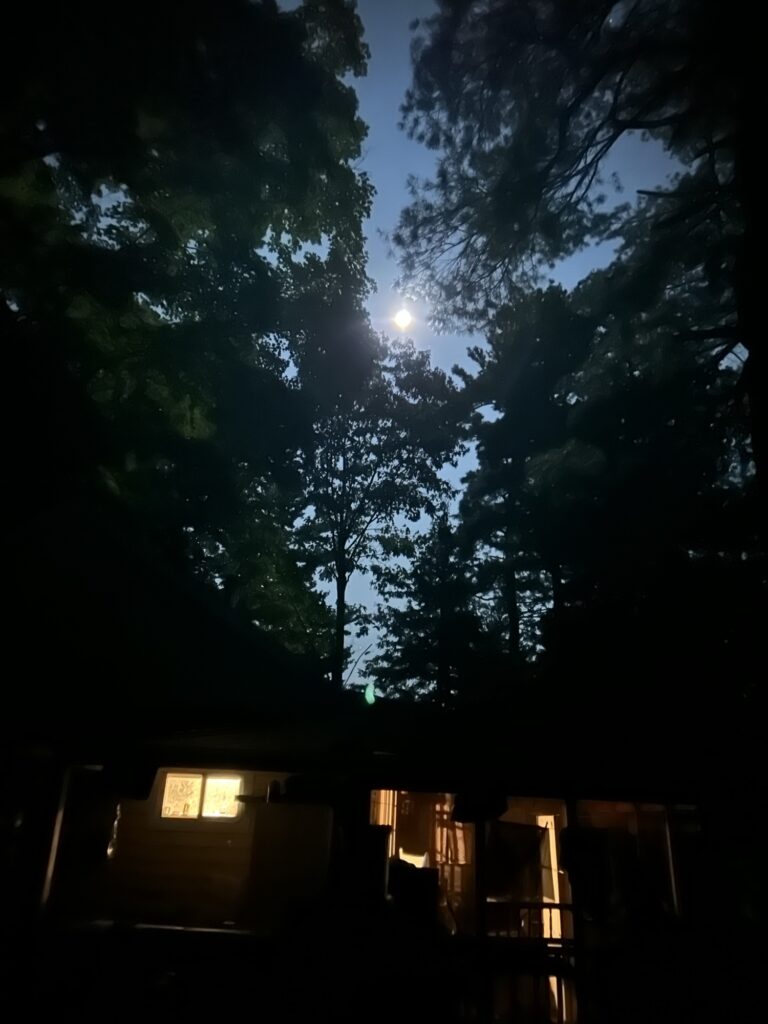
The uncut hayfields of the Homestead serve to remind me of my private life on hold while I work. Back in the day I would push myself with an intensity that bordered on obsession trying to keep up with everything. The Homestead cabin project will hopefully resume sometime this fall when work ends for me. In the meantime the land sits idle. I am rather well staged for the project though with several key things in place already. Logs, the new wood stove, and stored lumber wait for their time to be brought to life. All this will be easier for me with the cooler temperatures of autumn. Living at Camp Edith is the simple solution at the moment. The Airstream sits idle also. Safely stored in the warehouse and waiting for a plan. Held in trust so to speak. And if this is a game, am I winning or losing? Or am I playing it as best I can? I remain positive most days. That is the best way forward and things continue to happen to guide my feet. The inner spirit whispers patience when patience is hard to embrace at times. Things are showing themselves. Acquiescence right? I will look back on this moment at some point and reflect upon it.
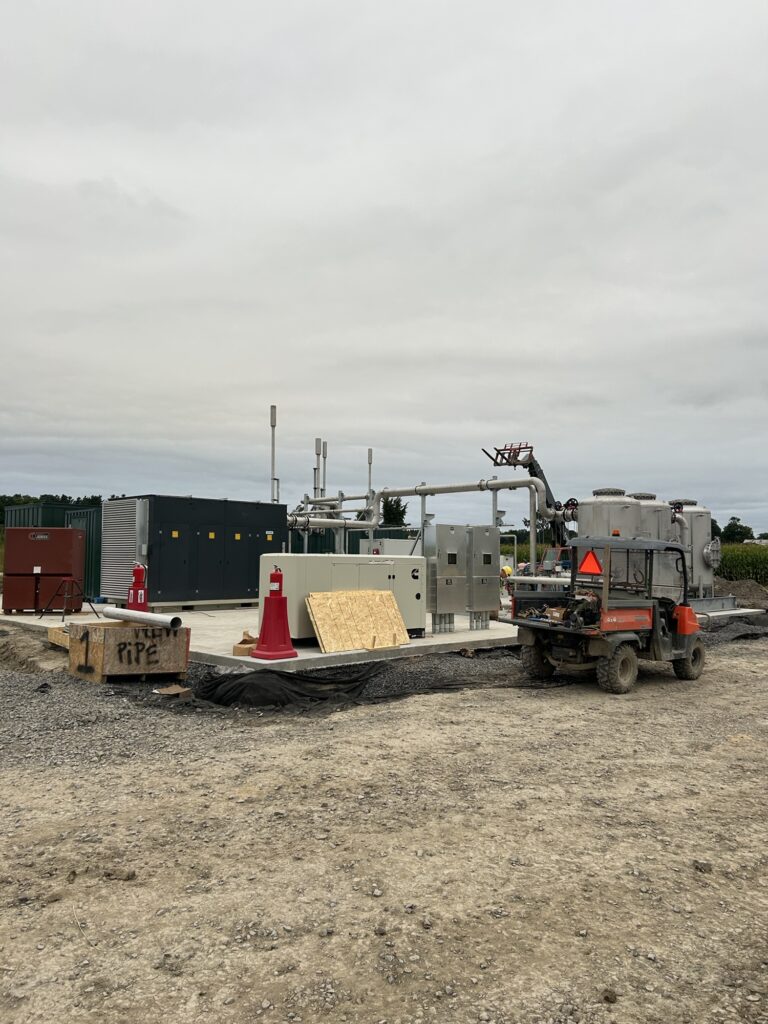
So this rather confusing stroll through the forests of Tazmania may not enlighten you very much in the grand scheme of things. Let it serve as a reminder that life is not perfect or without challenges. It is not painless and easy. Growth takes energy. And the clock tells me that it’s time to prepare for a new workday. But it’s Friday and a long weekend approaches. I have made some plans to explore a new section of the Adirondacks. An adventure awaits in nature. The work will be forgotten for a moment and the spin may slow. I made the spin in the first place. And momentum can be hard to stop if you chose not to touch the brakes and always hit the gas.✍️

